George Lucas wanted to make the film before Star Wars
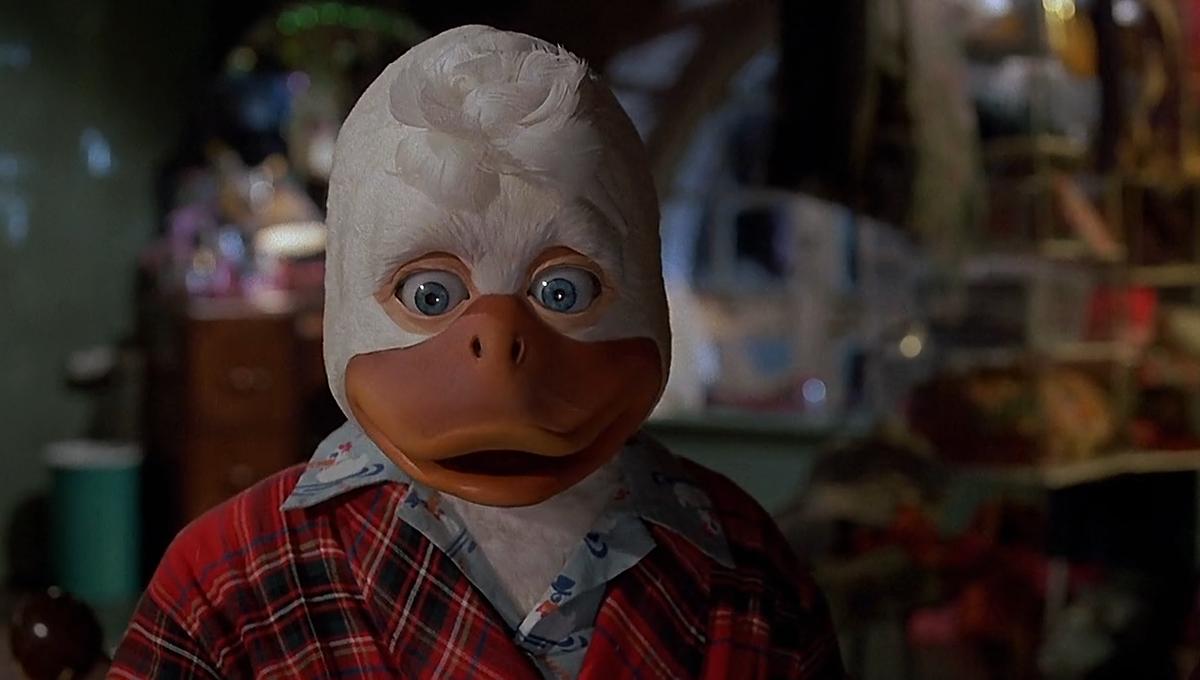
Howard the Duck first appeared in Marvel Comics in 1973 – the same year that writer-director George Lucas broke through with American Graffiti. Lucas was a fan of the character right away, and discussed making a movie adaptation with his American Graffiti co-writers Willard Huyck and Gloria Katz (also a married couple). This went on hold whilst Lucas worked on his next movie, Star Wars.
The film was originally going to be animated
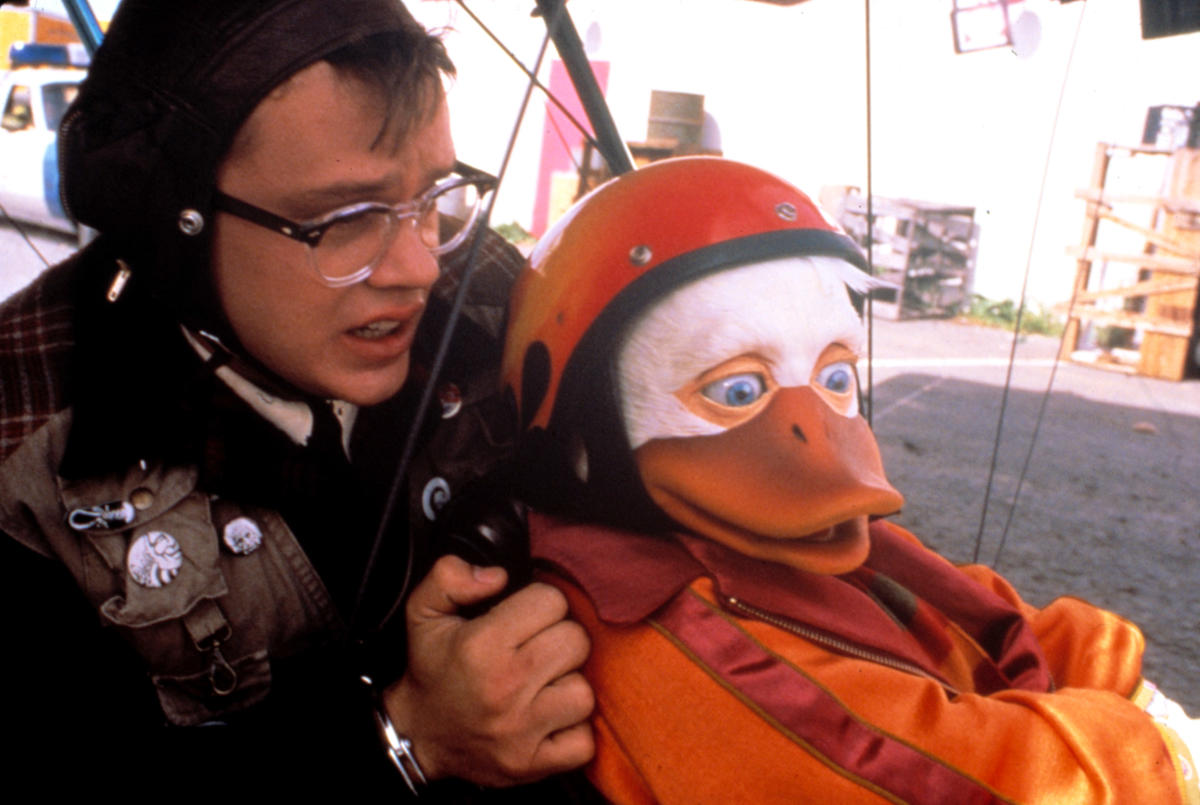
After the project was pitched to several major studios, Howard the Duck found a home at Universal. However, as keen as the studio were on the project, there were disagreements behind the scenes almost immediately. Originally the filmmakers had hoped to make Howard a full-length animated movie, but this was scrapped for fear it would be too expensive and time-consuming.
The original script featured Howard as a private detective in Hawaii
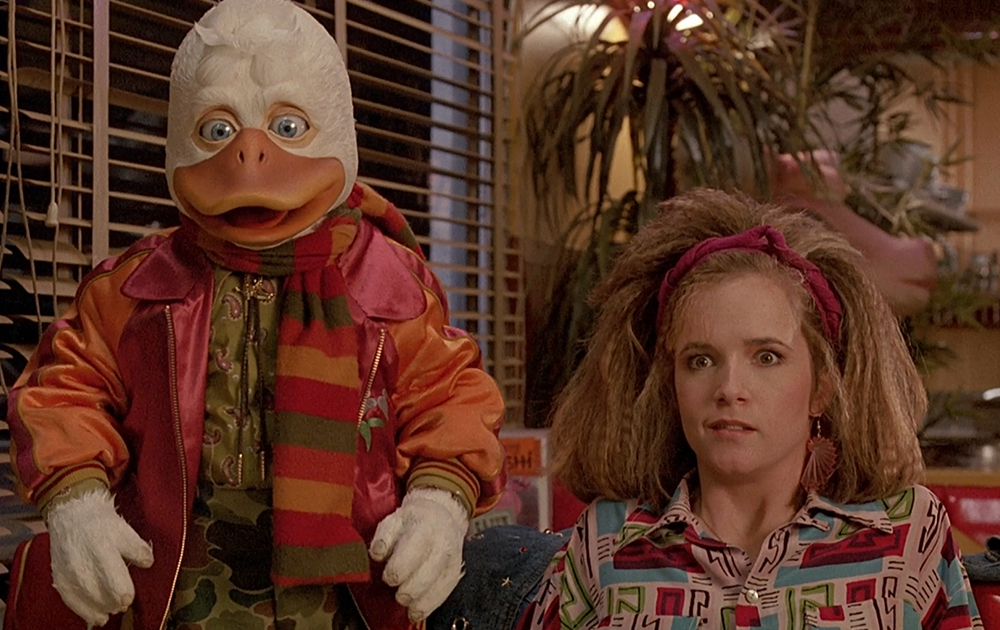
The Howard the Duck that hit screens in 1986 wasn’t quite what the filmmakers had originally intended. Co-writer and director Willard Huyck recalls: “We had written a whole different script… [with] Howard as a private eye in Hawaii, and the audience would just have to accept that as normal, but the studio said, ‘No, you have to explain how he got here.’”
The studio demanded the filmmakers explore Howard’s origins
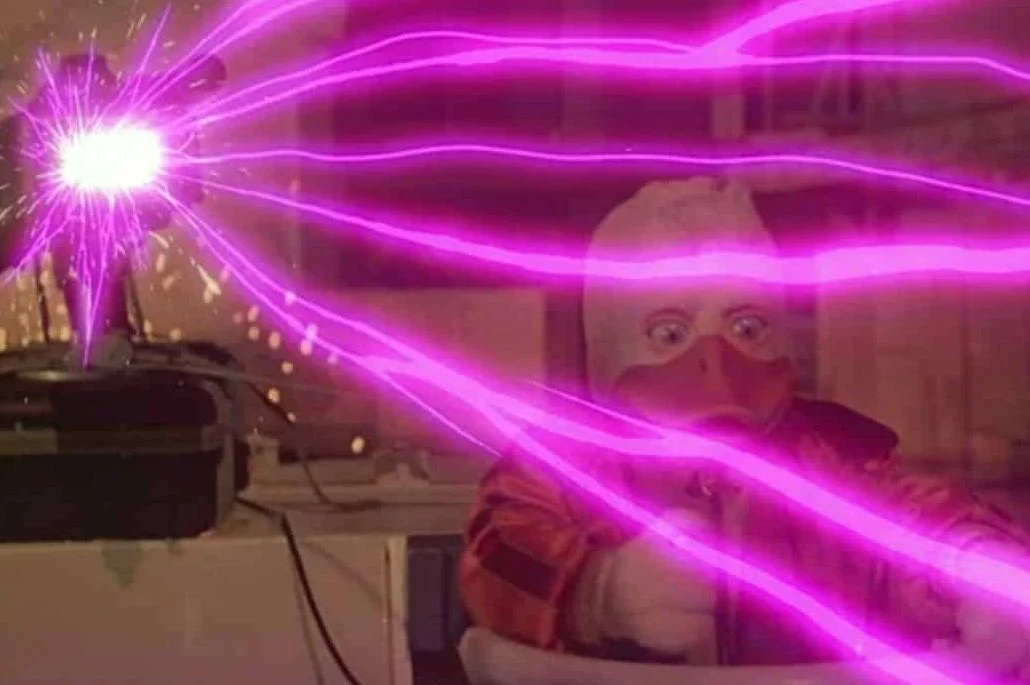
Under orders from the studio, the screenwriters begrudgingly started from scratch on a new story exploring Howard’s origins. They came up with a new story that sees Howard mysteriously transported from his home on ‘Duckworld’ to far-off Earth. The film mostly follows Howard’s efforts to get back home, whilst doing battle with an evil alien which somehow came to Earth with him.
Howard was originally going to be created with CGI
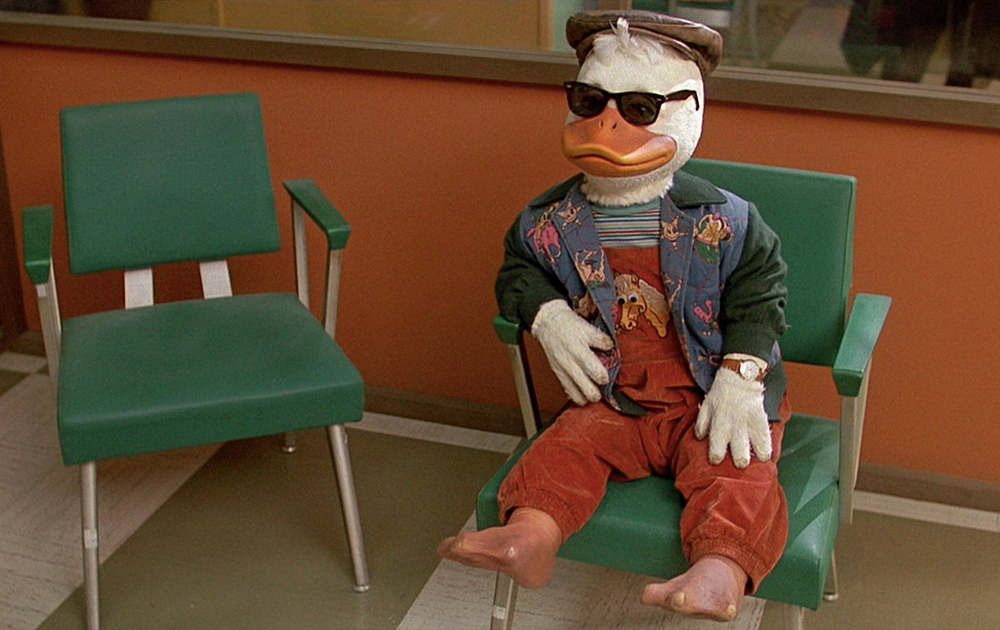
As the founder of FX house Industrial Light & Magic, George Lucas was a pioneer in the field of visual effects. Early on, the plan was for Howard the Duck to provide a showcase for the next generation of visual effects: computer-generated imagery. Animators at Lucas’ special effects company Industrial Light & Magic planned to bring Howard to life digitally.
When CGI failed, a Howard puppet was considered
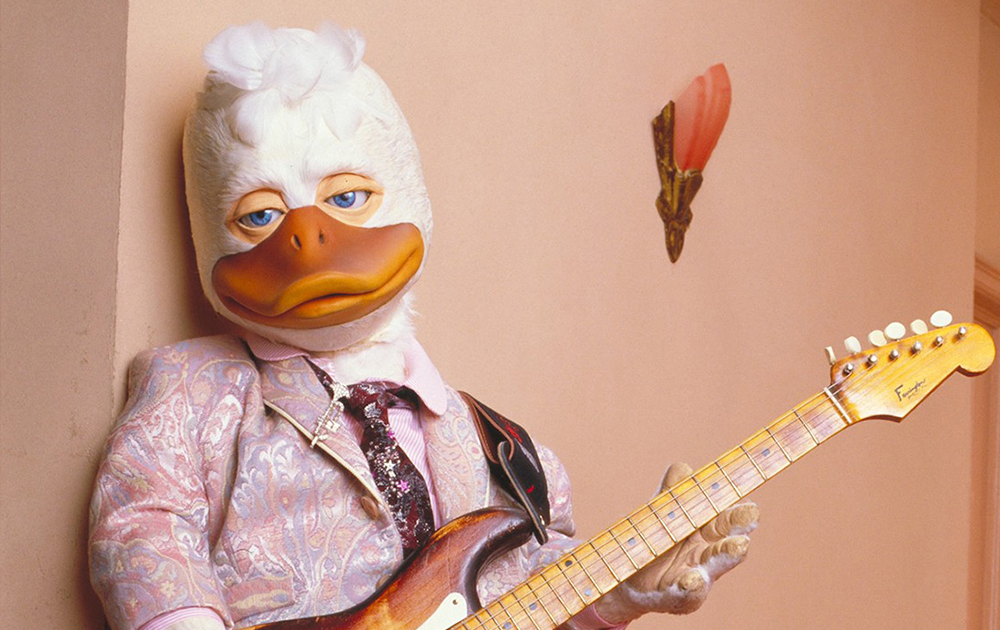
Unfortunately, the CGI of the time was still quite primitive, and tests proved unsuccessful. After this, the team planned to use a puppet, but this approach also failed. Finally it was decided the best approach would be to cast dwarf actors and put them in a suit.
Lea Thompson does all her own singing
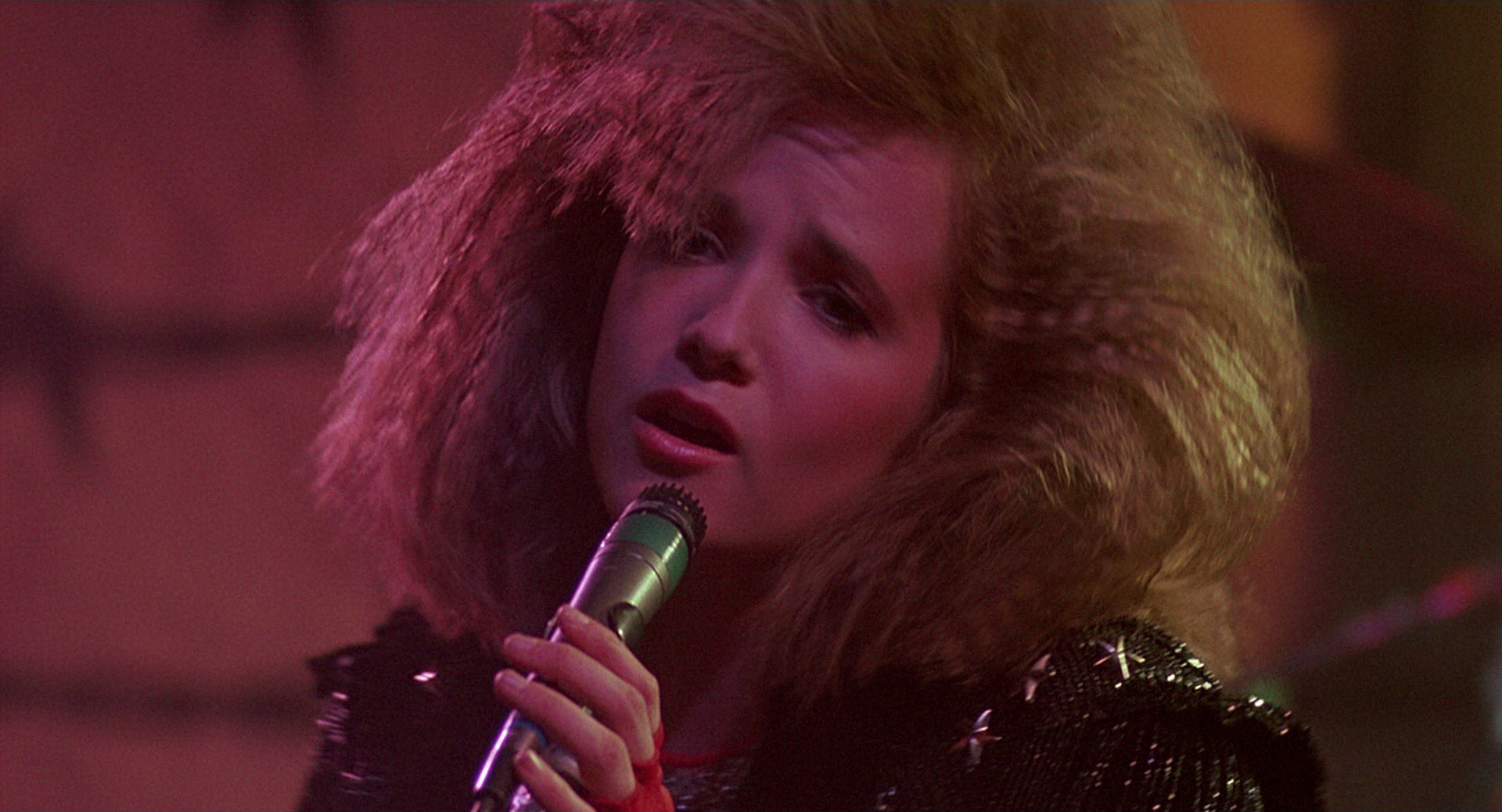
While Howard may be the title character, the movie’s human lead is Lea Thompson, who landed the role fresh from her appearance in 1985 blockbuster Back to the Future. As Beverly, the rock singer who befriends the displaced anthropomorphic duck, Thompson performs all her own singing.
Pop star Thomas Dolby wrote the songs

Lea Thompson’s Beverly fronts a band called Cherry Bomb. They perform several original songs in the movie, including Hunger City, It Don’t Come Cheap and Don’t Turn Away. These were written by Thomas Dolby, the British synth-pop musician best remembered for his early 80s hits She Blinded Me with Science and Hyperactive! Dolby also co-wrote theme song Howard the Duck with funk legend George Clinton.
Lea Thompson had to spend two hours a day having her hair styled
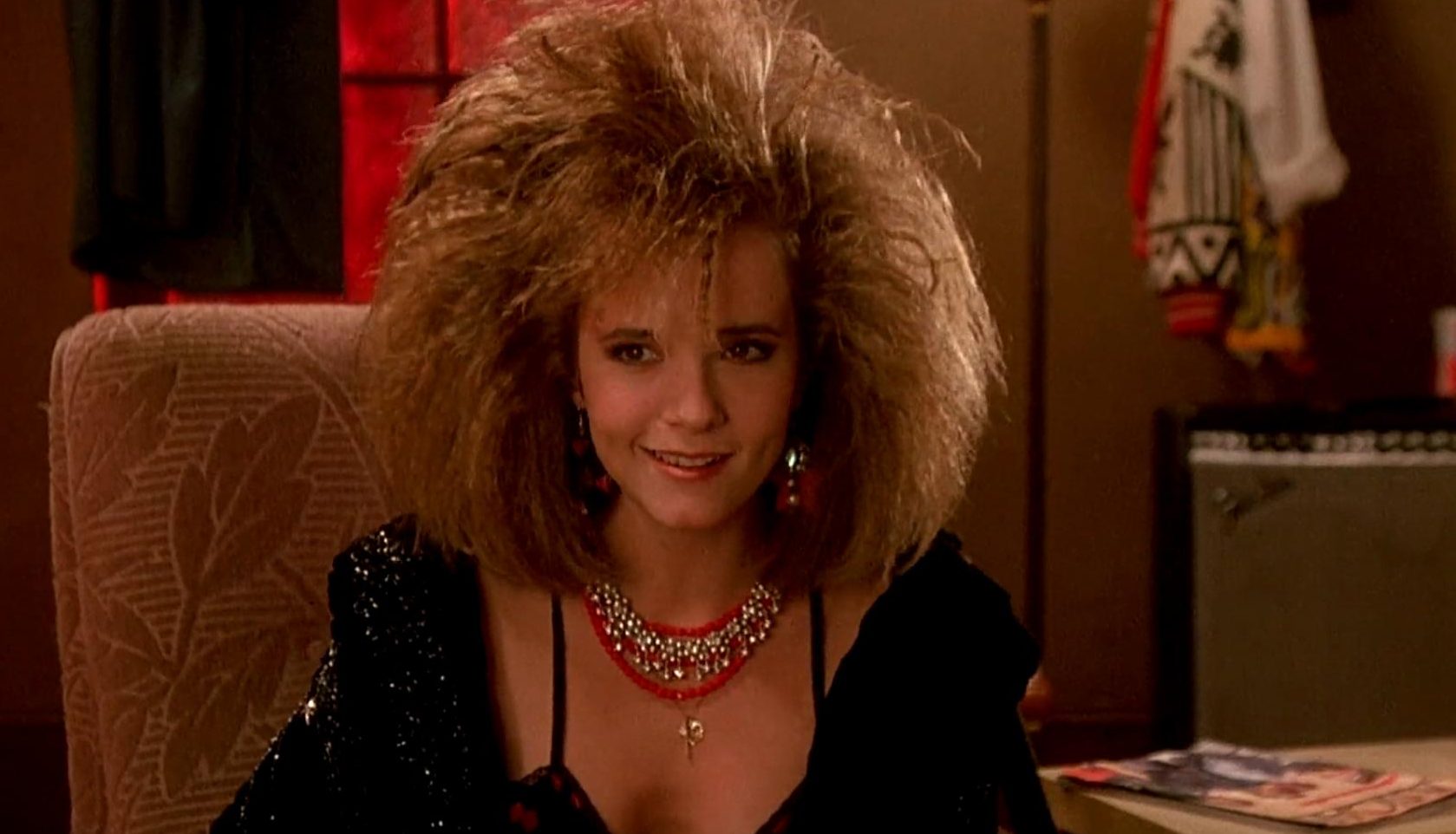
As was befitting for any rock star of the time, Thompson’s Beverly sports eye-catching big hair that absolutely screams ‘the 80s’. The actress later expressed regret that she didn’t wear a wig for the role, as she had to spend two hours getting her hair styled that way every day of the shoot.
John Landis turned down the chance to direct
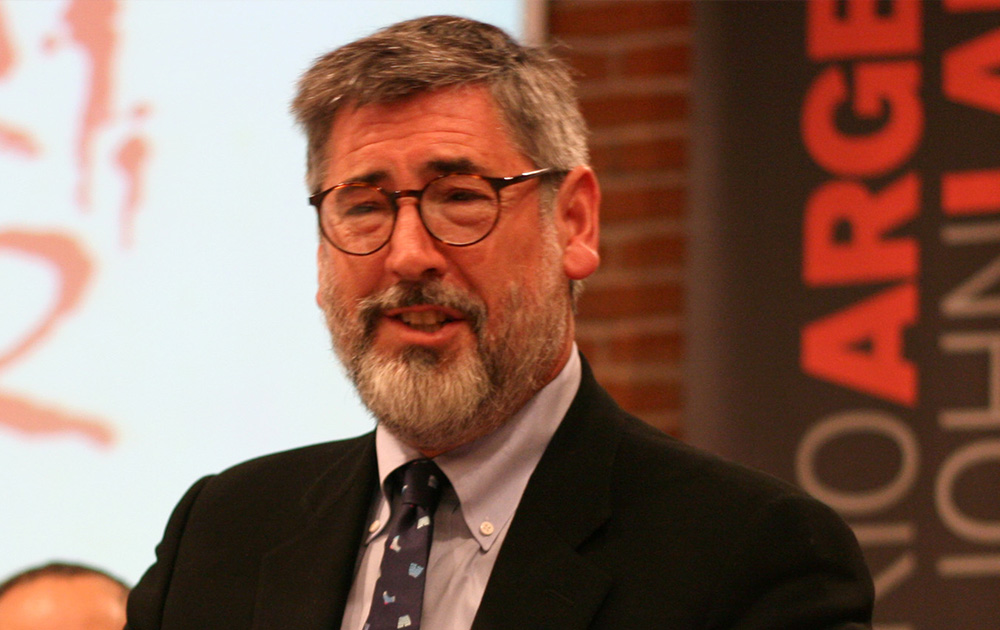
Before hiring his friend Willard Huyck to direct, George Lucas originally offered Howard the Duck to John Landis, filmmaker behind such hits as The Blues Brothers, An American Werewolf in London and Trading Places. Landis declined, and Lucas later remarked that this is his “greatest regret in my career,” believing the film would have been “far more successful” had Landis directed.
The film was a critical and commercial disaster
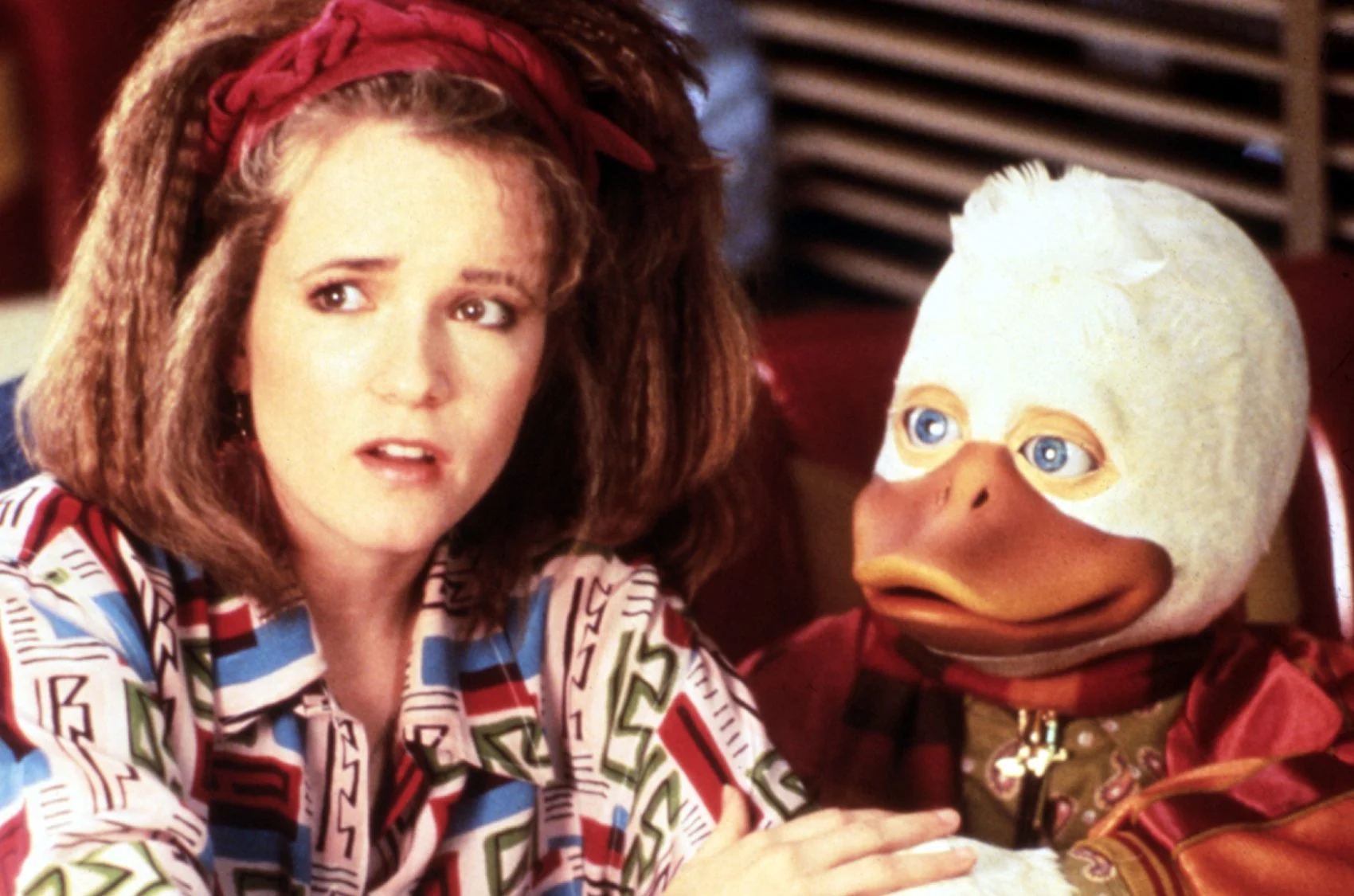
With a then-huge budget of $37 million, Howard the Duck really needed to enjoy similar box office success to most other films produced by George Lucas. Unfortunately, the film was met with a less than enthusiastic response. Released to US theaters in August 1986, it wound up earning only $16 million domestically, and was widely savaged by critics.
The overseas marketing erased any mention of the hero being a duck
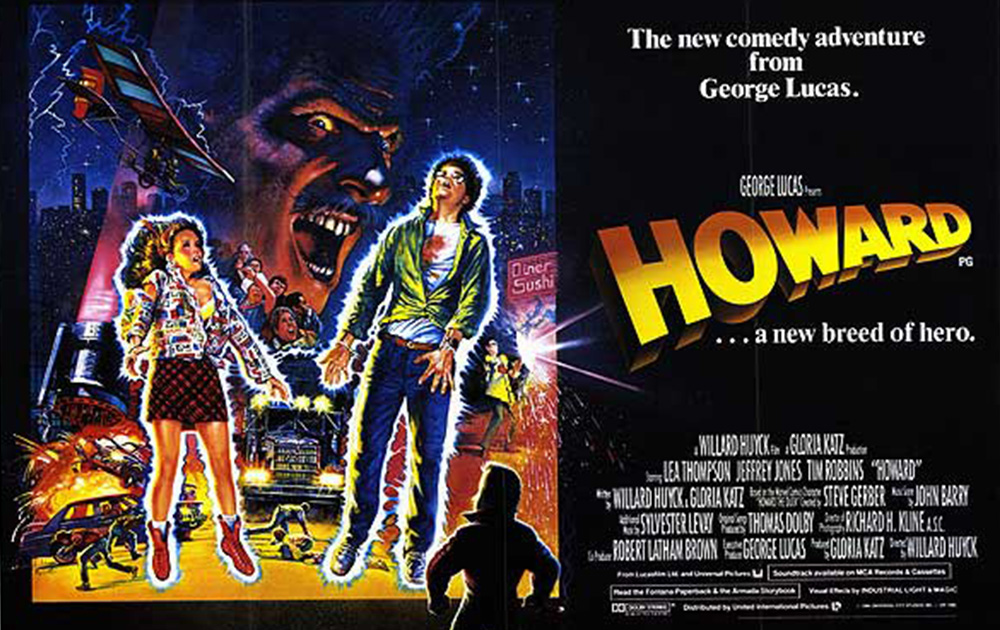
After Howard the Duck bombed hard on its home soil, studio Universal were anxious to boost the film’s appeal to audiences worldwide. It was released to some international markets as Howard: A New Breed of Hero, with entirely new marketing which hid the fact that the film featured a talking duck. This proved fruitless: the film still bombed internationally, making $38 million overall.
The film’s failure killed the careers of Willard Huyck and Gloria Katz
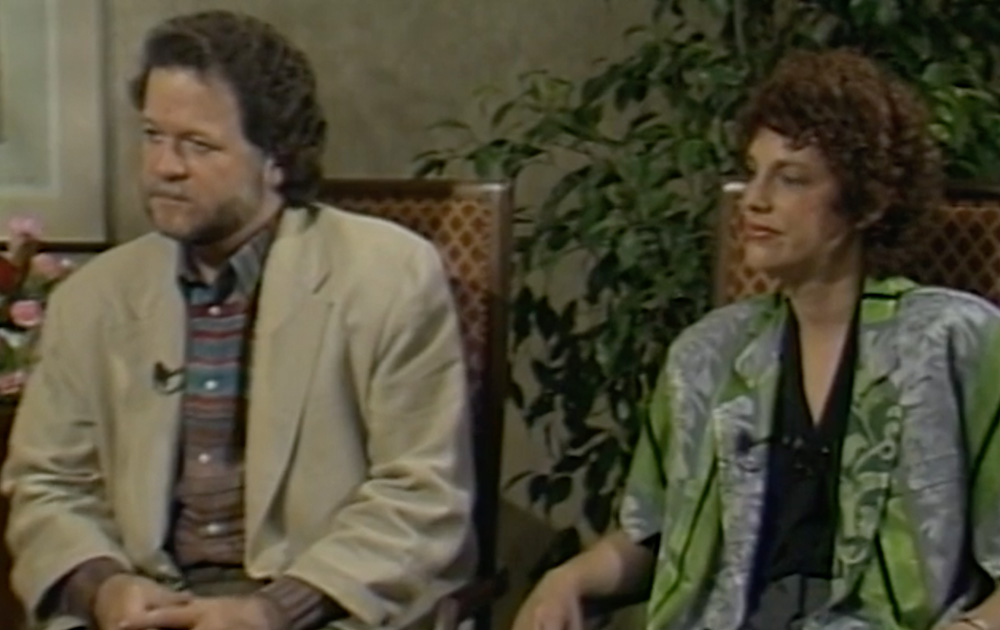
Howard the Duck proved a major black mark on the resumes of all involved, in particular director Willard Huyck and co-writer Gloria Katz. Huyck never directed again, and it would be eight years before he and Katz had another screenplay produced: Radioland Murders, which also flopped. Nonetheless, Huyck and Katz remained a married couple until Katz sadly passed away in 2018 from ovarian cancer.
Lea Thompson later became a character in the Howard the Duck comics
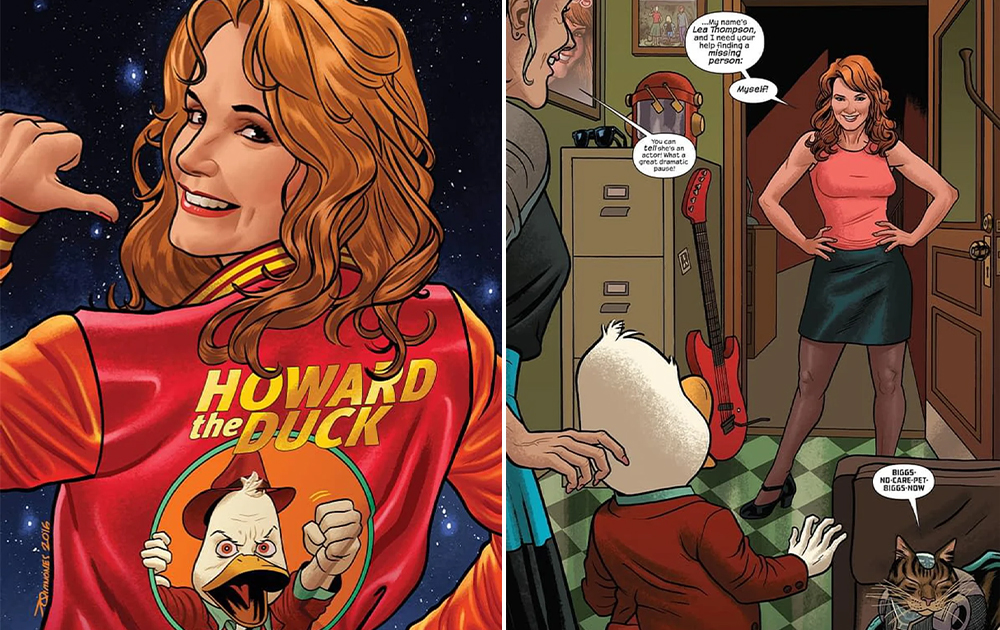
Howard the Duck’s failure also hurt the career of leading lady Lea Thompson, who never headlined another major film. Happily, the actress has come to embrace the film’s cult appeal over time. In a fun, meta twist, Thompson agreed to her likeness being used in a 2016 storyline in Marvel’s Howard the Duck comics, in which the actress ‘appeared’ as herself.
It was the first big screen adaptation of a Marvel comic
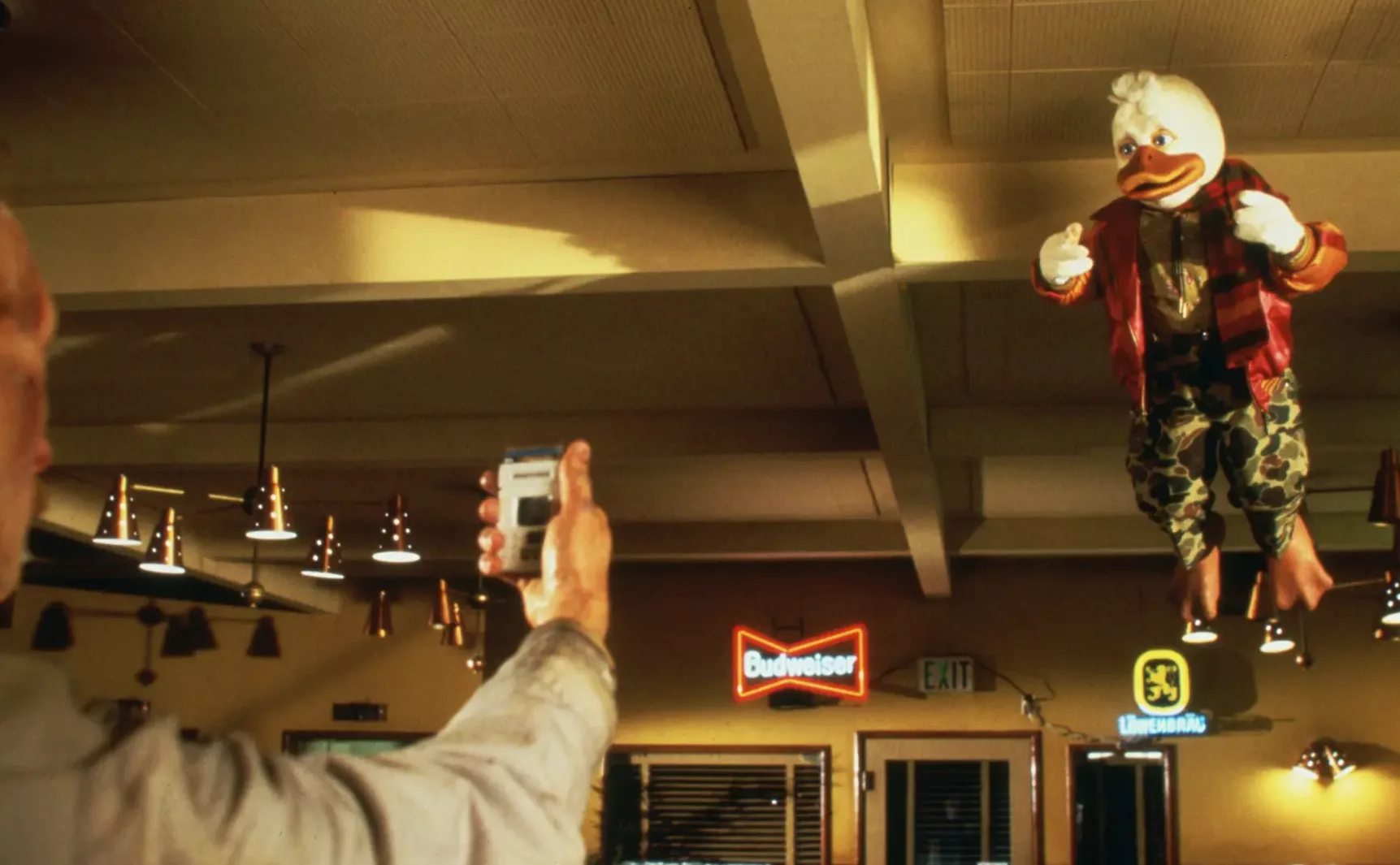
Back in 1986, Marvel wasn’t yet a major media empire. There had been TV movies and shows based around Spider-Man, Captain America and (most famously) The Incredible Hulk, but Howard the Duck was the first theatrical film based on a Marvel comic. There wouldn’t be another until Blade in 1998 (not counting 1989’s The Punisher, which went straight to video in America).
Howard’s creators were shut out of the film’s production
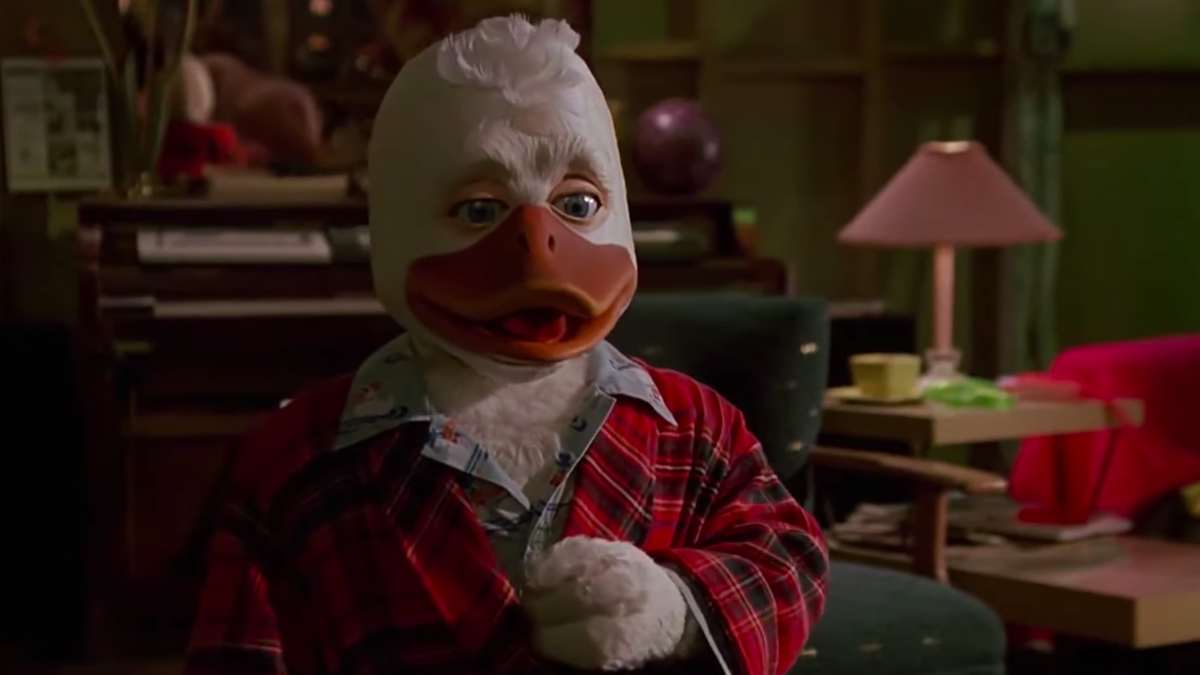
Howard the Duck’s creators, writer Steve Gerber and artist Val Mayerik, had basically nothing to do with the movie. Mayerik recalls the two creators “talked about the film before it was out. [Gerber] didn’t have terribly high hopes for it, and wasn’t involved at all. He wasn’t a consultant. My initial response was, ‘Oh man, this isn’t going to work.'”
John Barry composed the original score, but a lot of his music was replaced
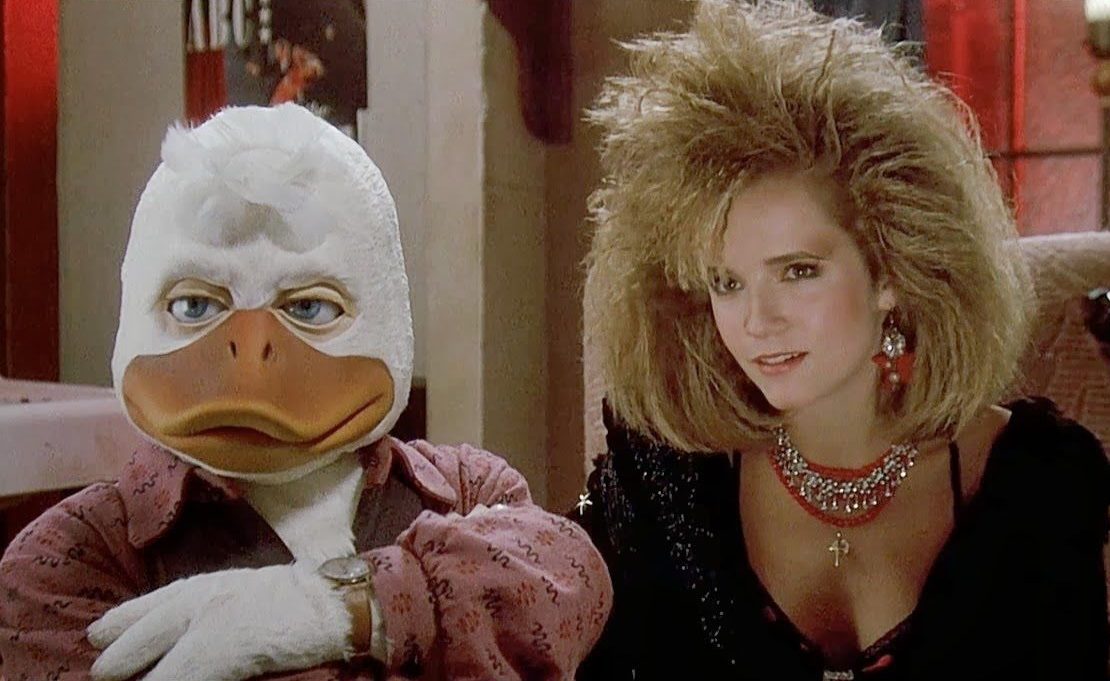
The original score of Howard the Duck came from John Barry, the renowned British composer responsible for the soundtracks of most of the James Bond films, amongst many other major films. Unfortunately, Barry’s work for Howard the Duck didn’t quite fit the bill (no pun intended), as a lot of it was thrown out and replaced with more contemporary music by keyboardist Sylvester Levay.
Robin Williams was cast to voice Howard, but he quit after a week
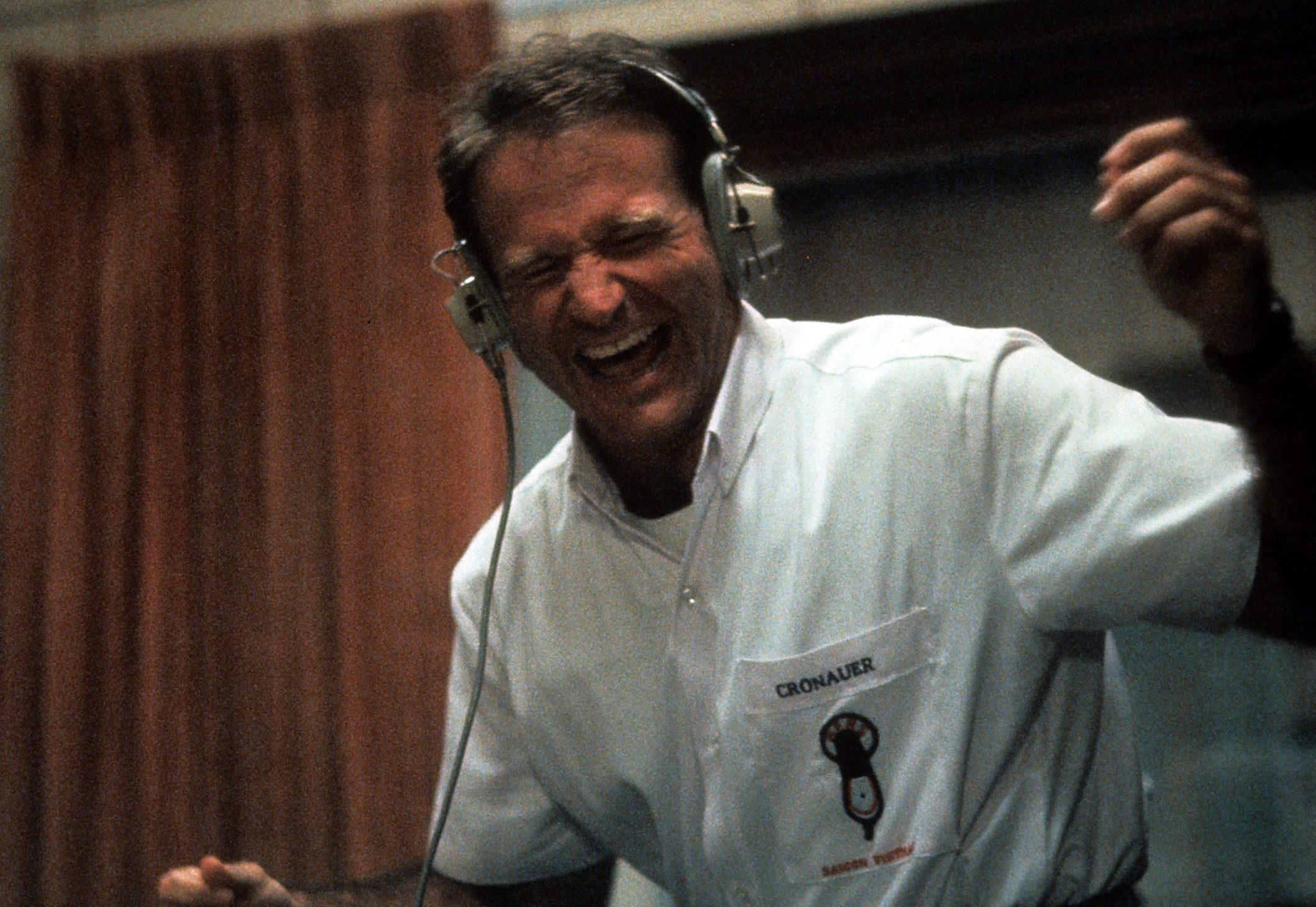
Comedy legend Robin Williams (who would later make a big splash as a voice actor on Disney’s Aladdin) was the original choice to provide the voice of Howard. However, as Williams’ distinctive comedic style hinged heavily on him being able to improvise, the actor felt he was “being handcuffed in order to match the flapping duck’s bill,” and quit the film within a week.
Martin Short and John Cusack were considered to voice Howard
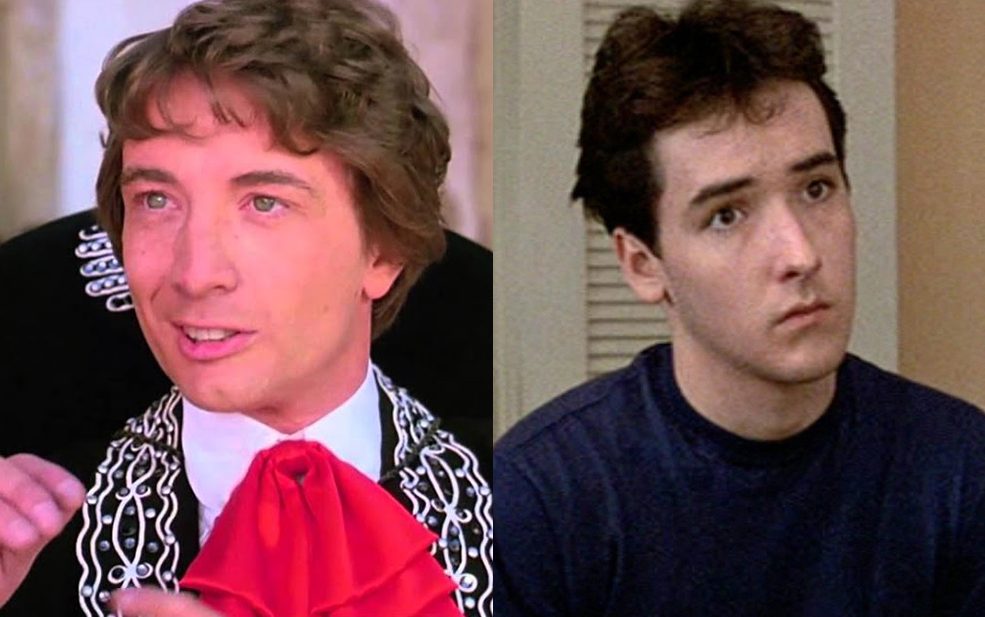
When Williams dropped out, other well-known actors were considered to voice Howard, including Martin Short (then a noted comedian poised to make his first major movie in Three Amigos!) and John Cusack (then best known for The Sure Thing and Better Off Dead). Ultimately the job went to the comparatively unknown Chip Zien, a successful Broadway actor who had not worked extensively in film before.
The actors in the Howard suit later appeared in Child’s Play and In Bruges
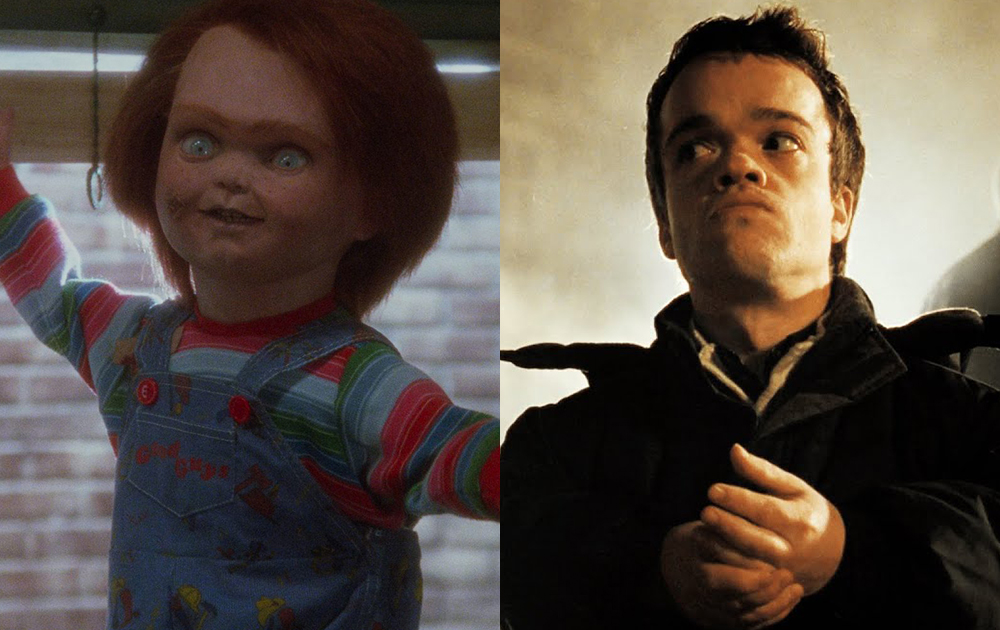
On set, Howard was played by two dwarf actors, the adult Ed Gale and 12-year old Jordan Prentice. In the years since, both actors have made noteworthy work. Gale went on to portray Chucky in the first two Child’s Play films. Prentice, meanwhile, joined Colin Farrell and Brendan Gleeson in 2008 comedy drama In Bruges, as well as appearing in 2012 fantasy hit Mirror Mirror.
Lea Thompson refused to shoot the bedroom scene with child actor Jordan Prentice
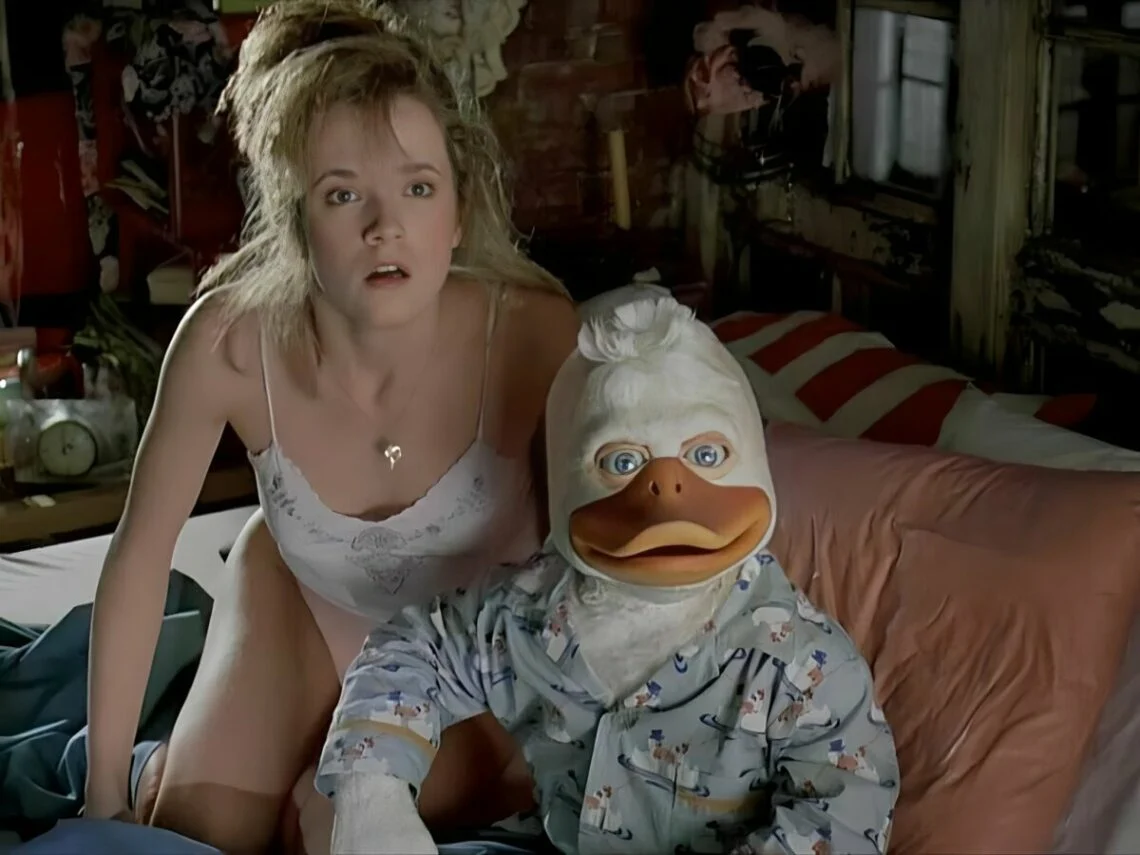
The youth of Jordan Prentice caused concern when shooting the later-controversial scene in which Howard and Beverly share a bed, with the heavy implication that things are about to get amorous. Understandably, Lea Thompson refused to shoot this scene with Prentice. The actor himself recalls, “I didn’t care whether or not I did that scene, but my guardian was really against it.”
Mel Brooks cast Ed Gale in Spaceballs on the strength of his work in Howard the Duck

Howard the Duck may have hurt the careers of many people involved, but it actually helped Ed Gale land another job afterwards. Mel Brooks cast him in his 1987 Star Wars parody Spaceballs, remarking, “Anybody who was in Howard the Duck can be in my movie.” Gale was subsequently cast as one of the Dinks, the Jawa-like creatures featured on Spaceballs’ sand planet.
The film’s box office failure inadvertently resulted in the formation of Pixar
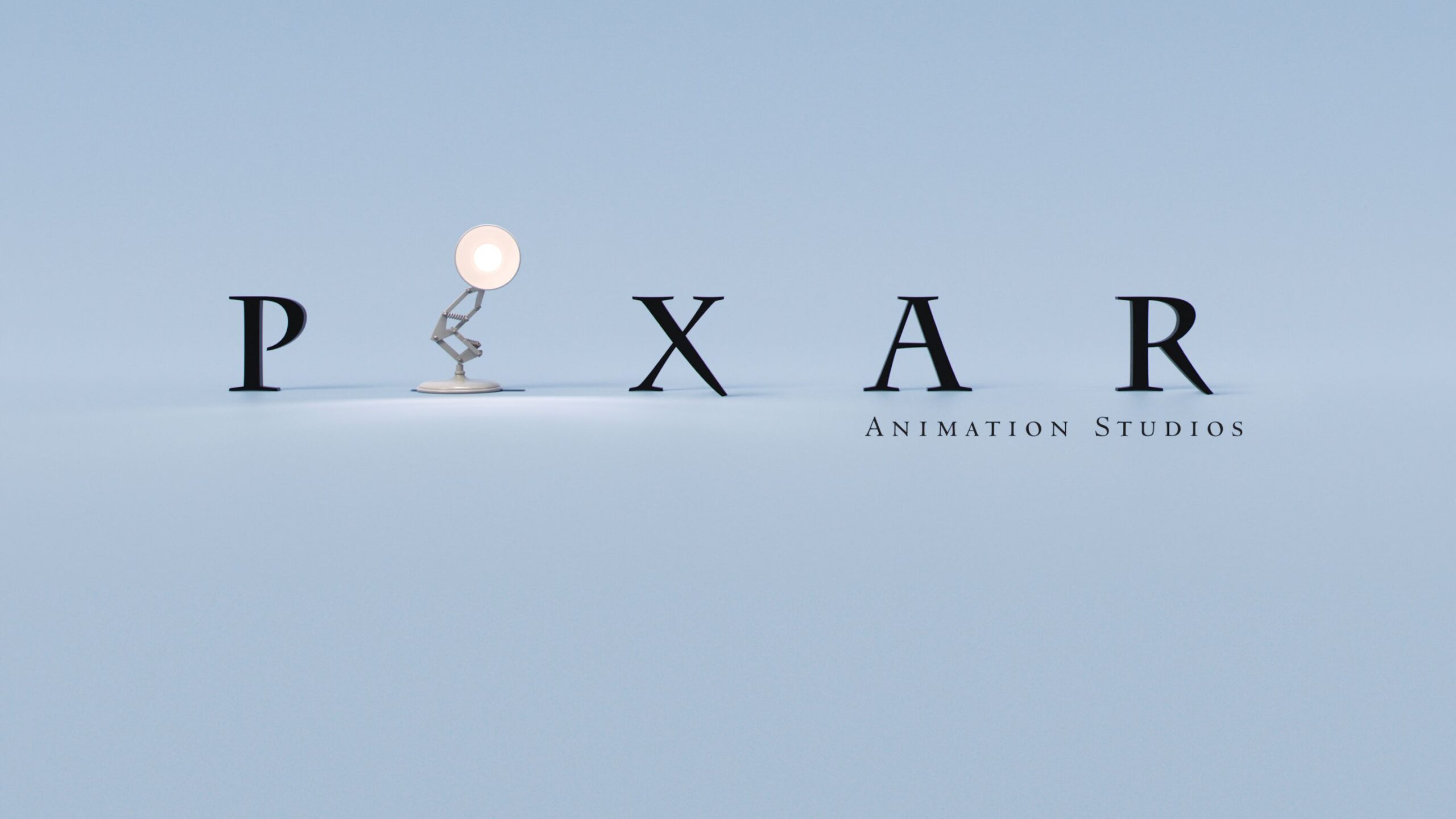
The commercial failure of Howard the Duck hit George Lucas hard, forcing him to sell off some of his assets, including the Graphics Group, the computer animation division of LucasFilm. Members of this division joined forces with Apple CEO Steve Jobs to buy the company for $10 million. They renamed themselves Pixar, and would soon become the pioneers of CG animation that we know today.
Howard was carefully designed to avoid any resemblance to Donald Duck
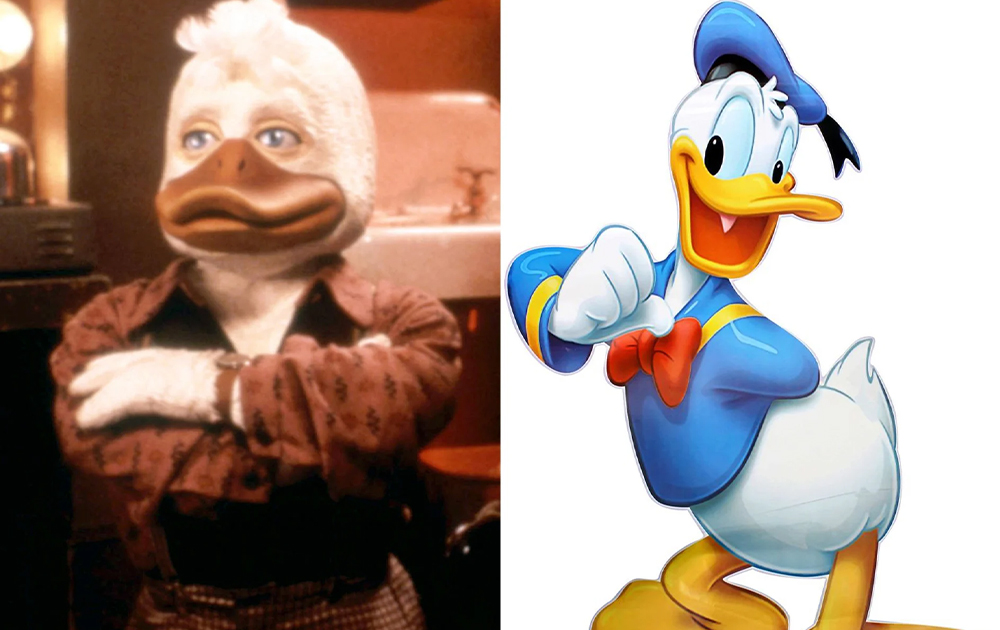
Howard the Duck’s filmmakers found had a similar concern to the creators of the Marvel comic: fending off copyright claims from Disney, over the character’s potential for being confused with their famous character Donald Duck. With this in mind, the team tasked with designing Howard consulted closely with the legal department at Disney to discuss what would and would not be legally safe.
Filming massively overran because of problems with the duck suit
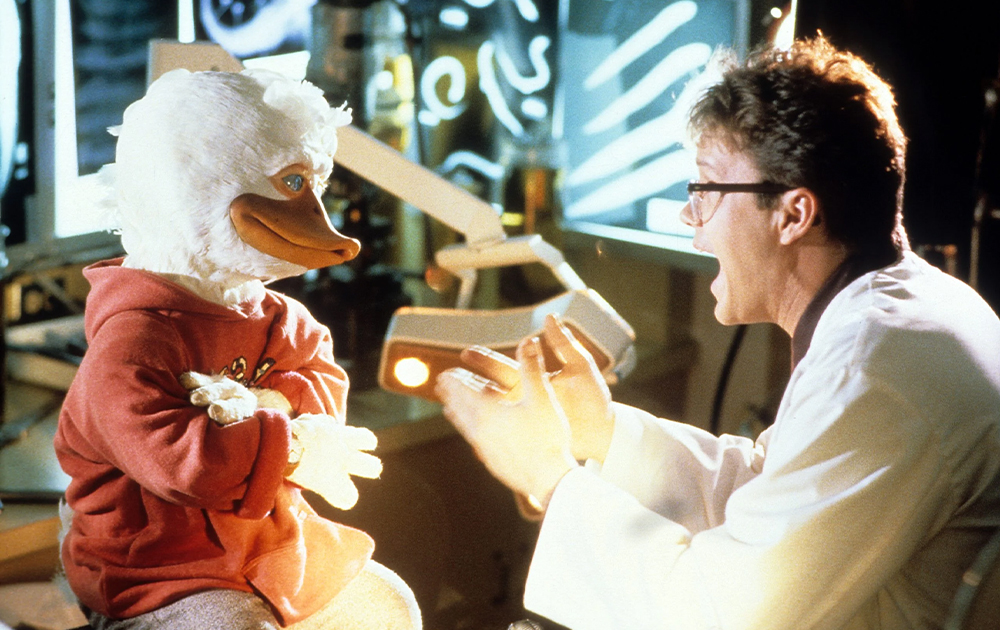
Like Steven Spielberg’s Jaws before it, Howard the Duck fell massively behind schedule and over-budget due to problems with its central mechanical animal. Willard Huyck recalls, “the first day we shot the duck, its mouth opened so wide that all the flesh tore and you could see inside. It was like the Terminator. I just thought, ‘Oh man, this is going to be tough.'”
Being in the suit was nightmarish for the Howard actors
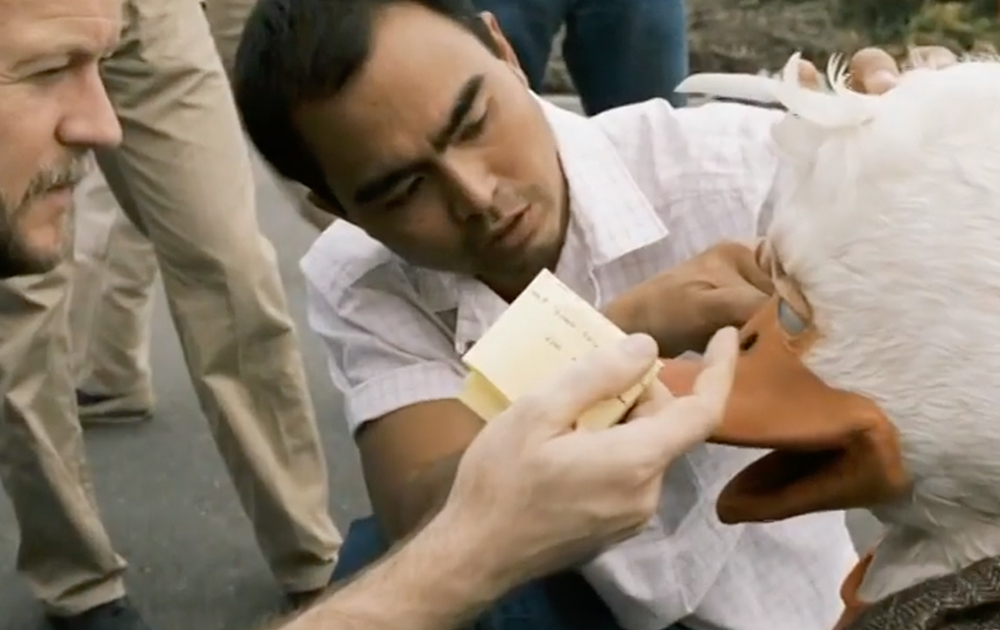
As tough as the duck may have been for the cast and crew, it was even worse for those in the suit. Jordan Prentice recalls that the filmmakers had originally tried casting even younger dwarf children than himself, but the pressure of being in the suit was too much: “They were frightened. One of them even peed his pants while working in the costume.”
The actors in the suit could barely see
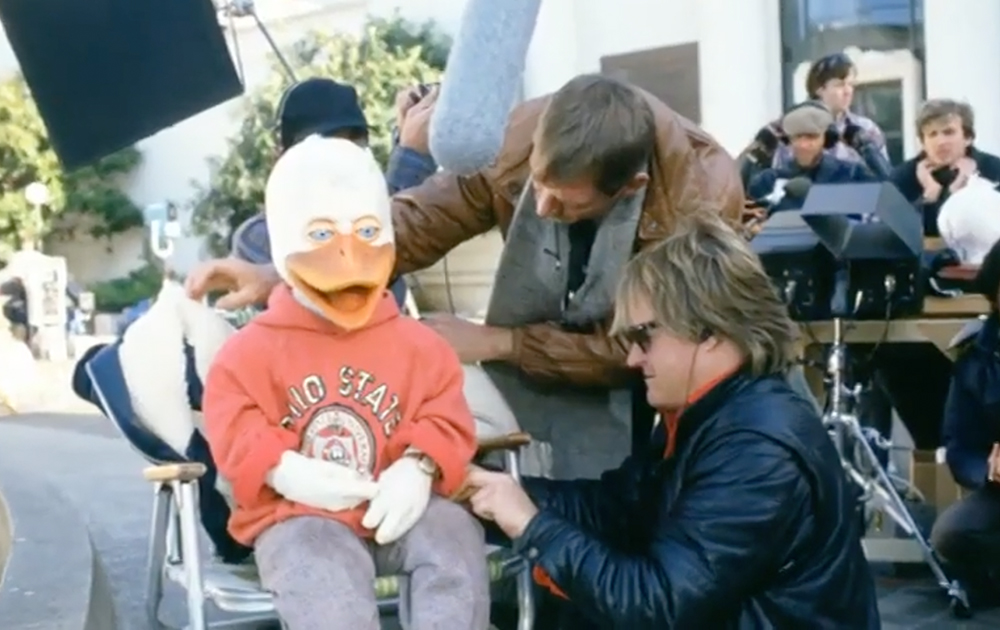
Of his own time in the suit, Prentice recalls, “the eyes would fog up very easily. It was really difficult to see out of them… In addition to that, the servos were quite close to my face, running along my cheek. I could hear them going, “whirr, whirr, whirr,” and at times they would heat up and it would be painful.”
Jordan Prentice was accidentally set on fire in the final showdown scene
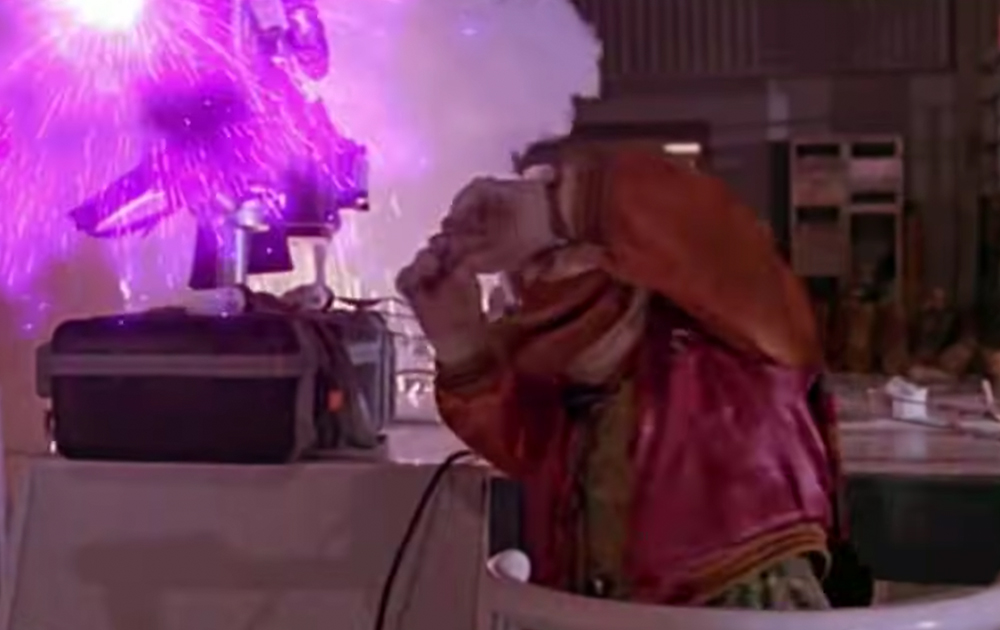
Jordan Prentice was almost set on fire shooting Howard the Duck’s explosive climax. “I drove through a series of timed explosives and I could hear my guardian scream, ‘Feathers! Feathers!’… She was not the most street-savvy person. The feathers on my head had caught fire from one of the explosives, and instead of yelling ‘Fire!,’ she yells, ‘Feathers!’” Thankfully, those flames were quickly extinguished.
Chip Zien was chosen to voice Howard because he was unknown
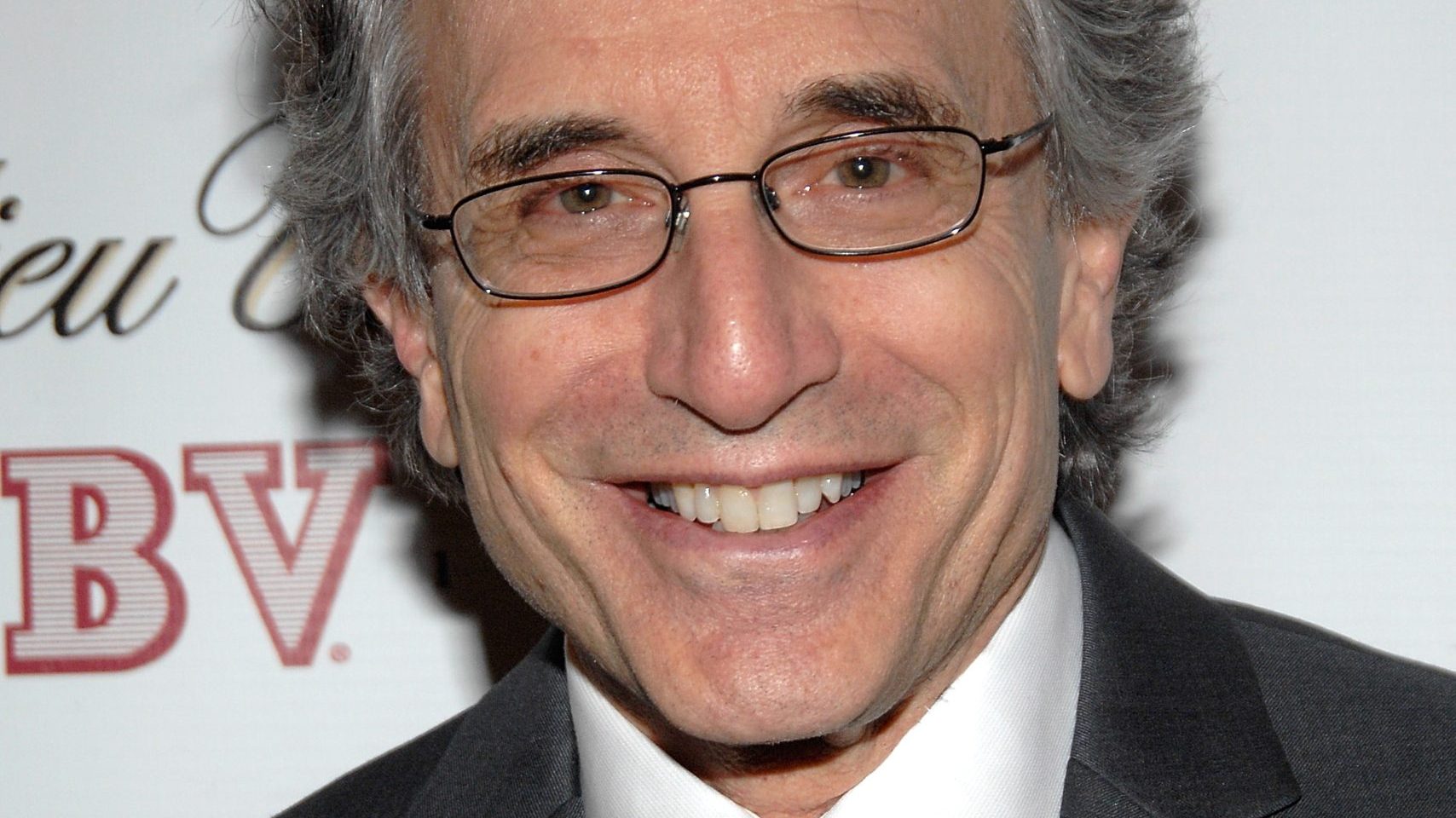
After Robin Williams ducked out of the project a week into production, filmmakers considered a number of famous replacements. Ultimately, it was decided that having an easily recognizable voice would ruin the illusion of Howard being real, so the role was offered to Broadway performer Chip Zien, who was completely unknown to mainstream audiences.
Howard’s head changes shape throughout the film
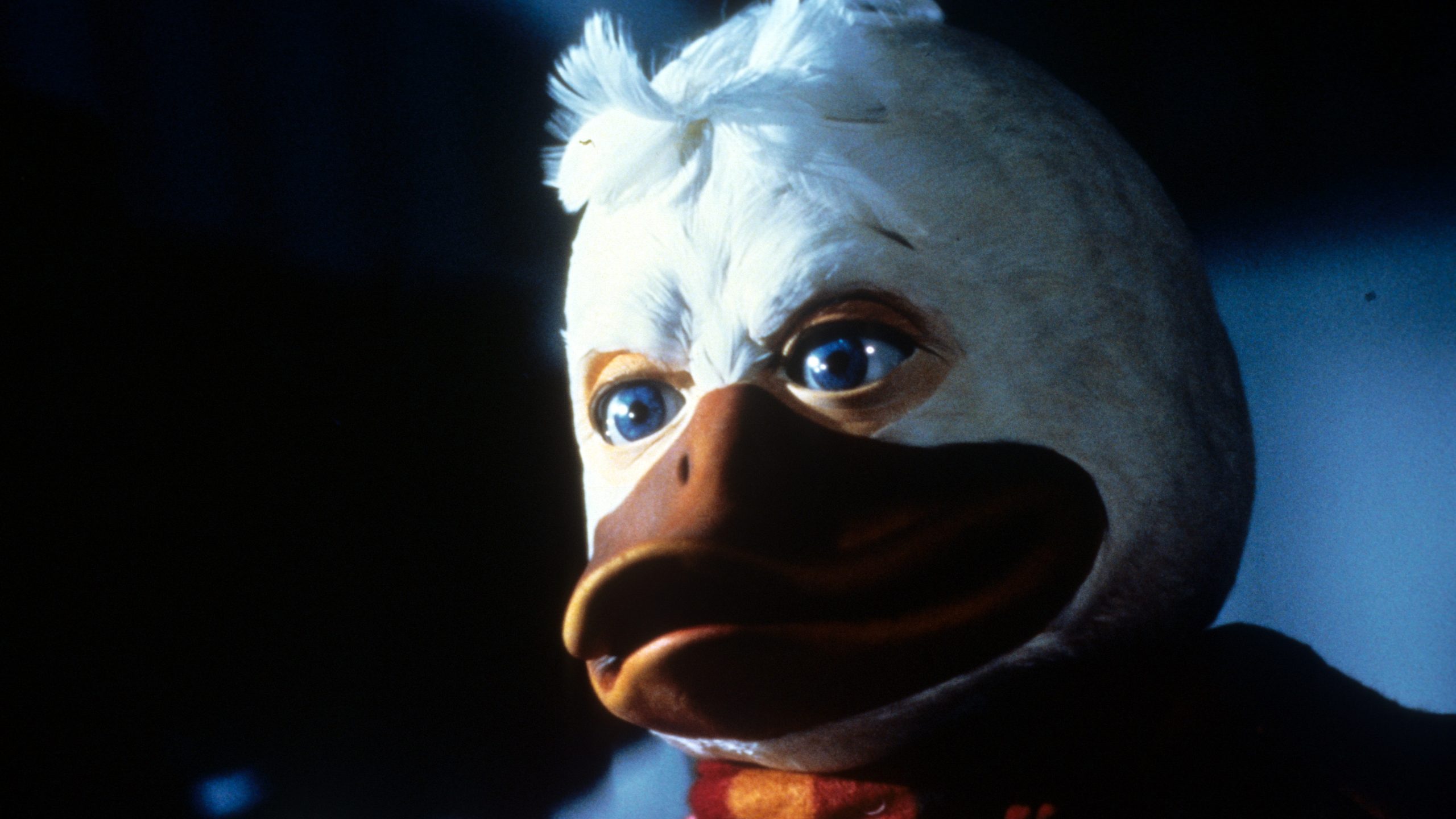
Eagle eyed viewers might notice that Howard’s shape changes continuously throughout the film. When the anthropomorphic duck is being portrayed by an actor in a suit, the head is larger, and when Howard is being portrayed by an animatronic puppet his head is both smaller overall and narrower.
The film allegedly sparked a fist-fight between Universal executives
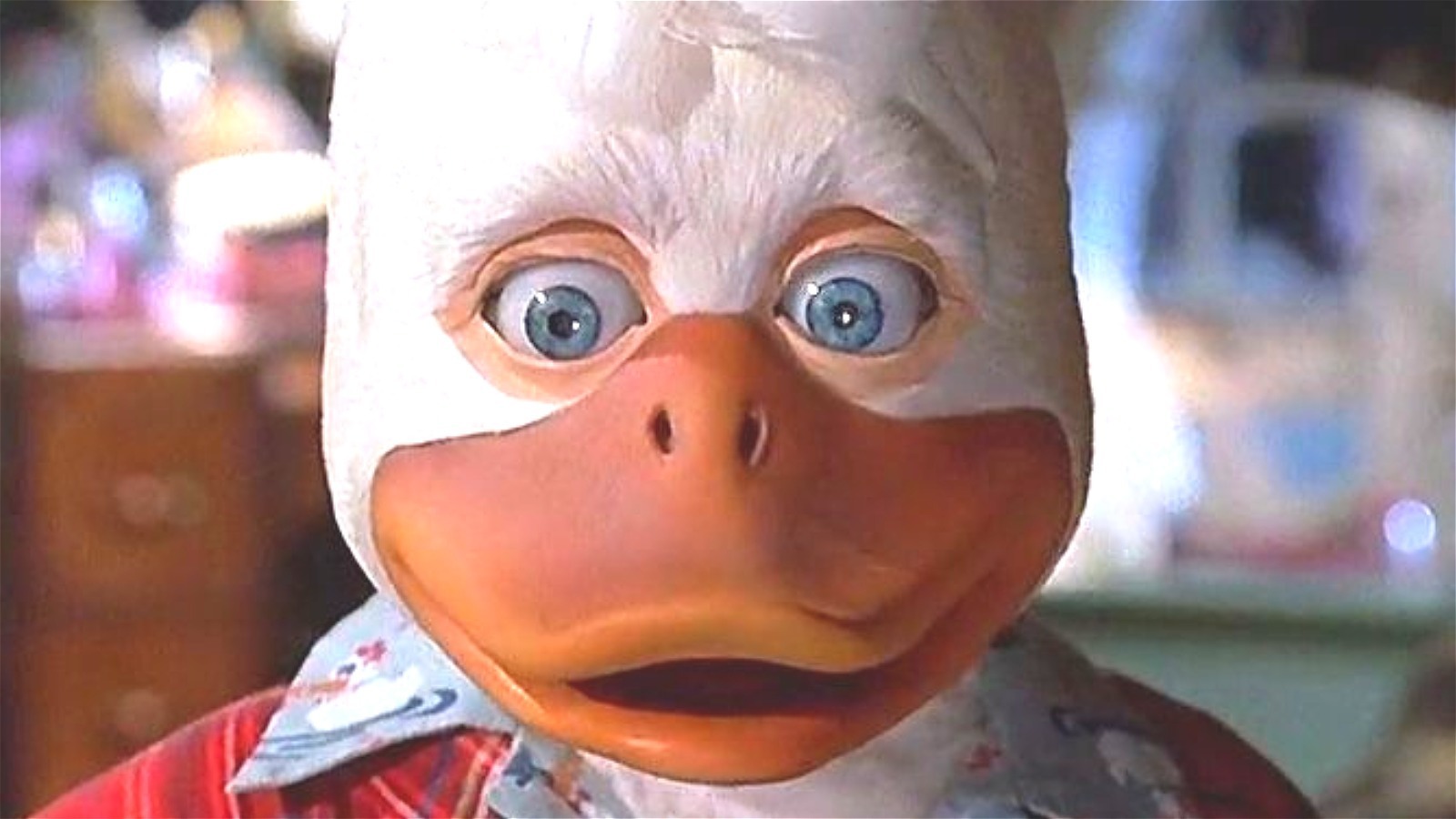
Howard the Duck was viciously mauled by critics immediately upon release, but it was clear that the film was terrible long before it hit theatres. After an early screen-test, Universal executives Sid Sheinberg and Frank Price reportedly got into a heated argument over who bore responsibility for green-lighting the movie, with the row culminating in a literal fist-fight.
A shadow gives away an effect
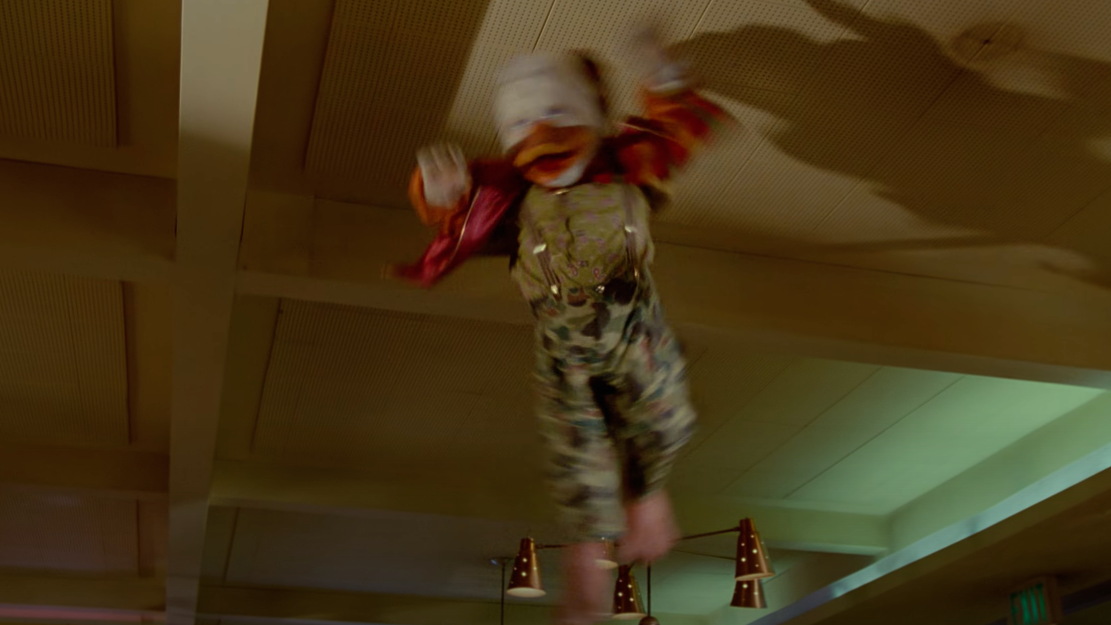
During the diner scene, the sinister Dr. Jennings levitates Howard using his telekinetic powers, before spinning him round and round in the air. If you look closely at Howard’s shadow on the ceiling, you can easily spot the spinning pole that the puppet is connected to.
A ‘driving’ car is set to park
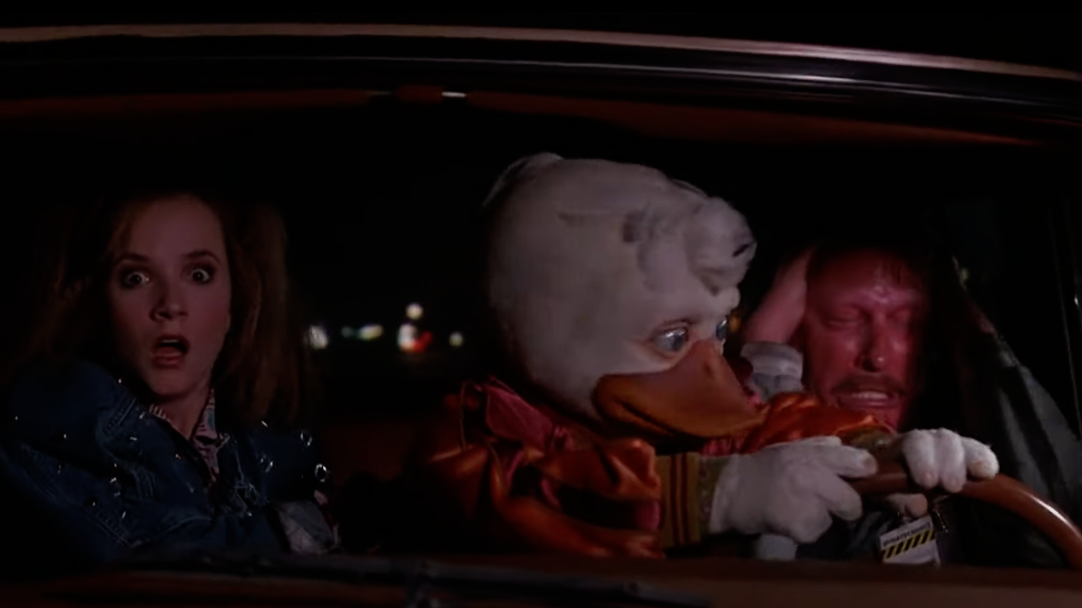
It’s pretty common for movies to film driving sequences in stationary cars, with the moving background achieved via a green-screen. You can clearly see that this is how the scene in which Phil drives Howard, Beverly and Carter to the lab was filmed, because no one thought to the change the car’s gear-shift out of park before the cameras started rolling.
The film was supposed to pay off George Lucas’ ranch
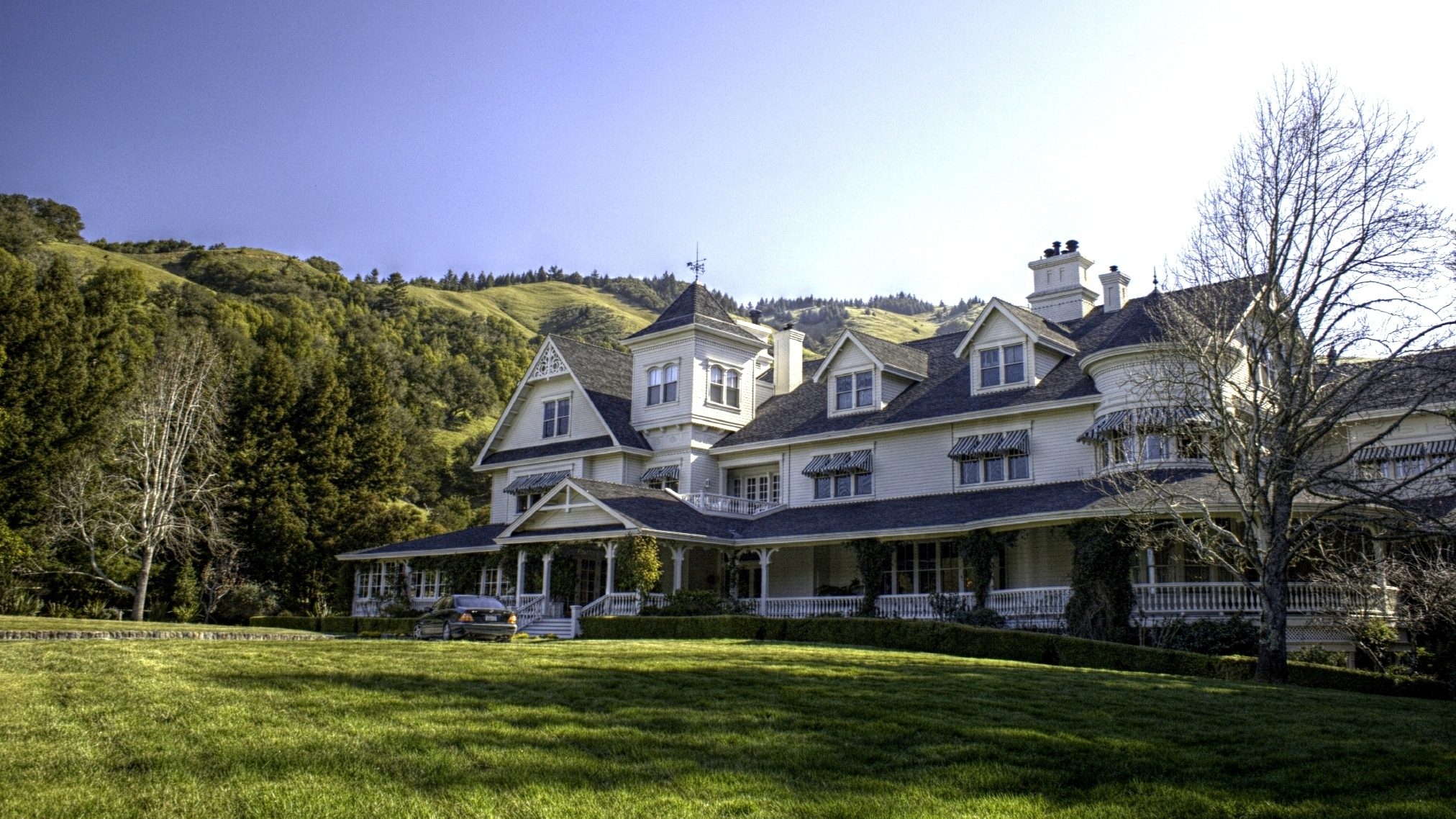
In 1978, riding high after the success of the first Star Wars movie, George Lucas started building a ranch in Marin County, California. That ranch eventually became the famous Skywalker Ranch, and it ended up costing $50 million, leaving Lucas in a financially vulnerable position. Howard the Duck was supposed to restore Lucas’ solvency, a plan which failed dismally.
The Dark Overlord has a different name in the comics
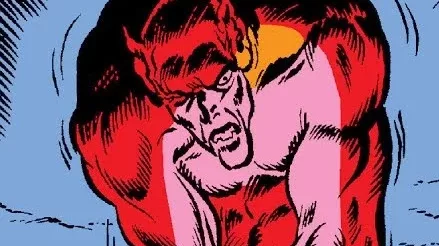
Howard’s nemesis in the film is the Dark Overlord of the Universe, an immensely powerful alien entity that has been trapped in an alternate dimension. The character is based on Howard’s arch-enemy in the comics, who goes by the notably less catchy Thog the Nether-Spawn, Overmaster of Sominus.
The film was shown at Beyond Fest
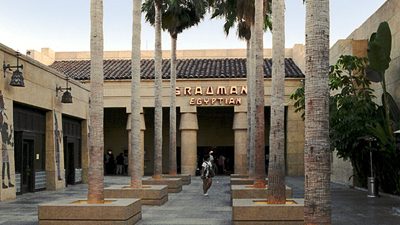
In 2017, Howard the Duck was shown at the historic Grauman’s Egyptian Theatre in Hollywood as part of Beyond Fest, the self-proclaimed largest genre-film festival in the United States. Lea Thompson – who attended the screening – later confessed that it was better than the movie’s actual premiere.
The suit cost a lot of money
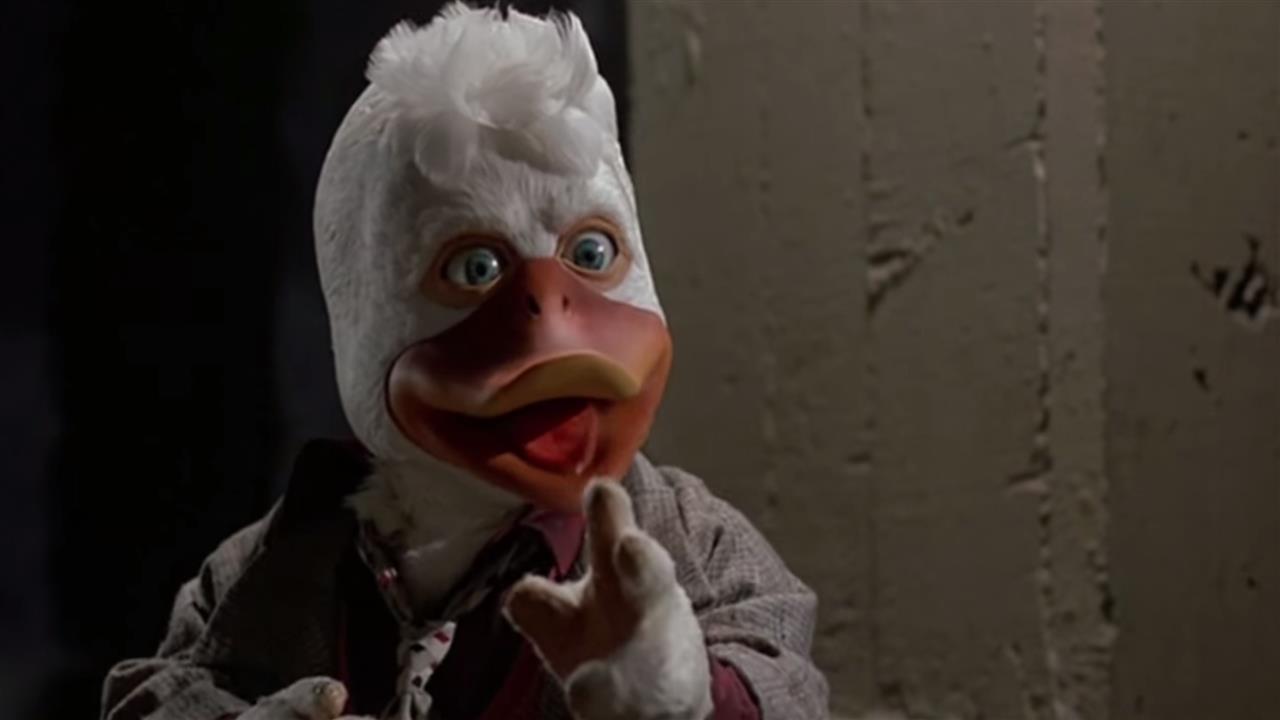
As the movie’s executive producer, George Lucas personally spent $2 million on the duck suit used to portray Howard. That would be a lot of money now, but this was in 1985; in today’s money, the suit cost an eye-watering $5.5 million. It’s no wonder Lucas had to sell off his assets after the movie bombed.
The film features parody movie posters
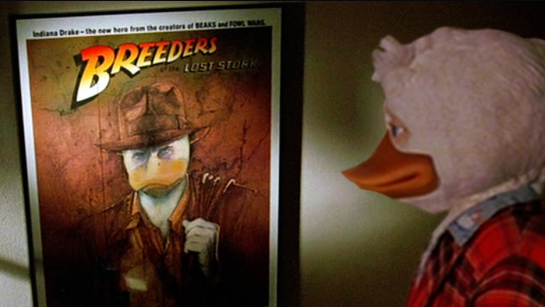
Throughout the film, a couple of parody movie posters can be seen that turn famous film titles into duck-themed puns. The first is Splashdance (riffing on 1983’s Flashdance), and the second is Breeders of the Lost Stork (a spoof of Indiana Jones and the Raiders of the Lost Ark).
A ramp is visible
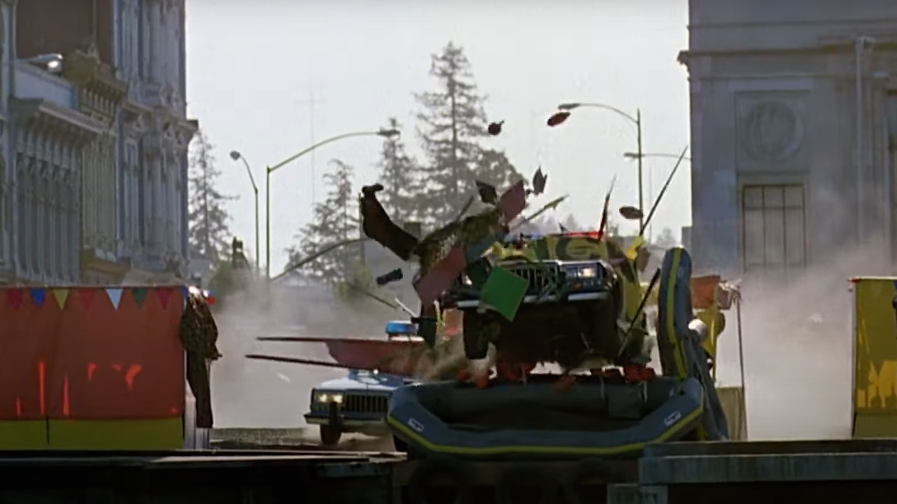
During the scene in which Howard is making his escape in a microlight, a police car plows through a harbor-side stall and launches into the water. While the end result of the stunt is visually impressive, it would have been more compelling if you couldn’t blatantly see the ramp used to achieve the jump.
Howard appears in a Guardians of the Galaxy post-credits scene
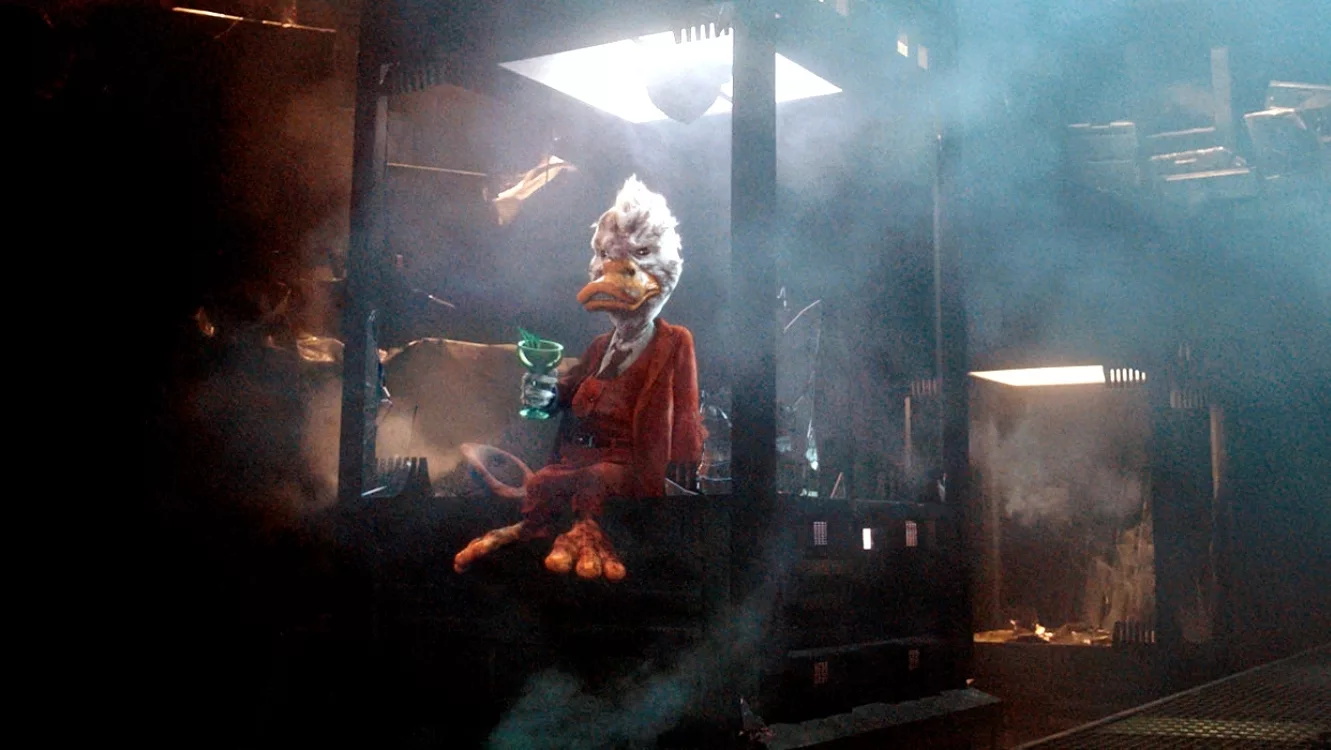
Howard the Duck was such a colossol failure that most people assumed the character would never grace the silver screen again. However, in 2014, Howard made a surprise appearance in a Guardians of the Galaxy post-credits scene, sparking intense speculation that a reboot was in the works.
The movie might have made Frank Price quit
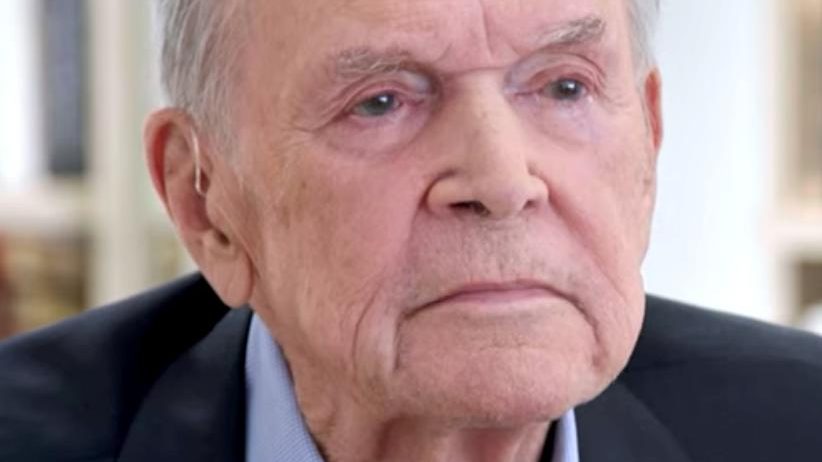
Not long after Howard the Duck hit cinemas, then-head of Universal Studios Frank Price handed in his resignation. While it’s never been officially confirmed, it’s suspected that the movie’s disastrous reception and box-office performance ultimately caused Price to quit, with a headline from the time reading: ‘Duck Cooks Price’s Goose.’
Léa Thompson thought the romantic scene was hilarious
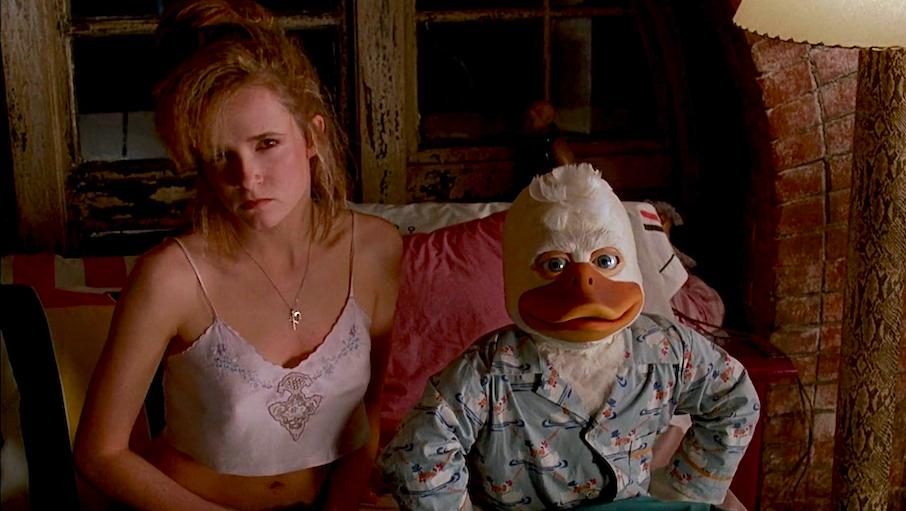
While Howard the Duck divided audiences, almost everyone agreed that the implied sex scene between Beverly Switzler and the titular, anthropomorphic was immensely creepy. Thompson, however, later stated that she found it “hilarious,” pointing out that no one had any issues with the equally weird scene in which her character unknowingly hits on her own son in Back to the Future.
Chip Zien was only hired after filming was complete
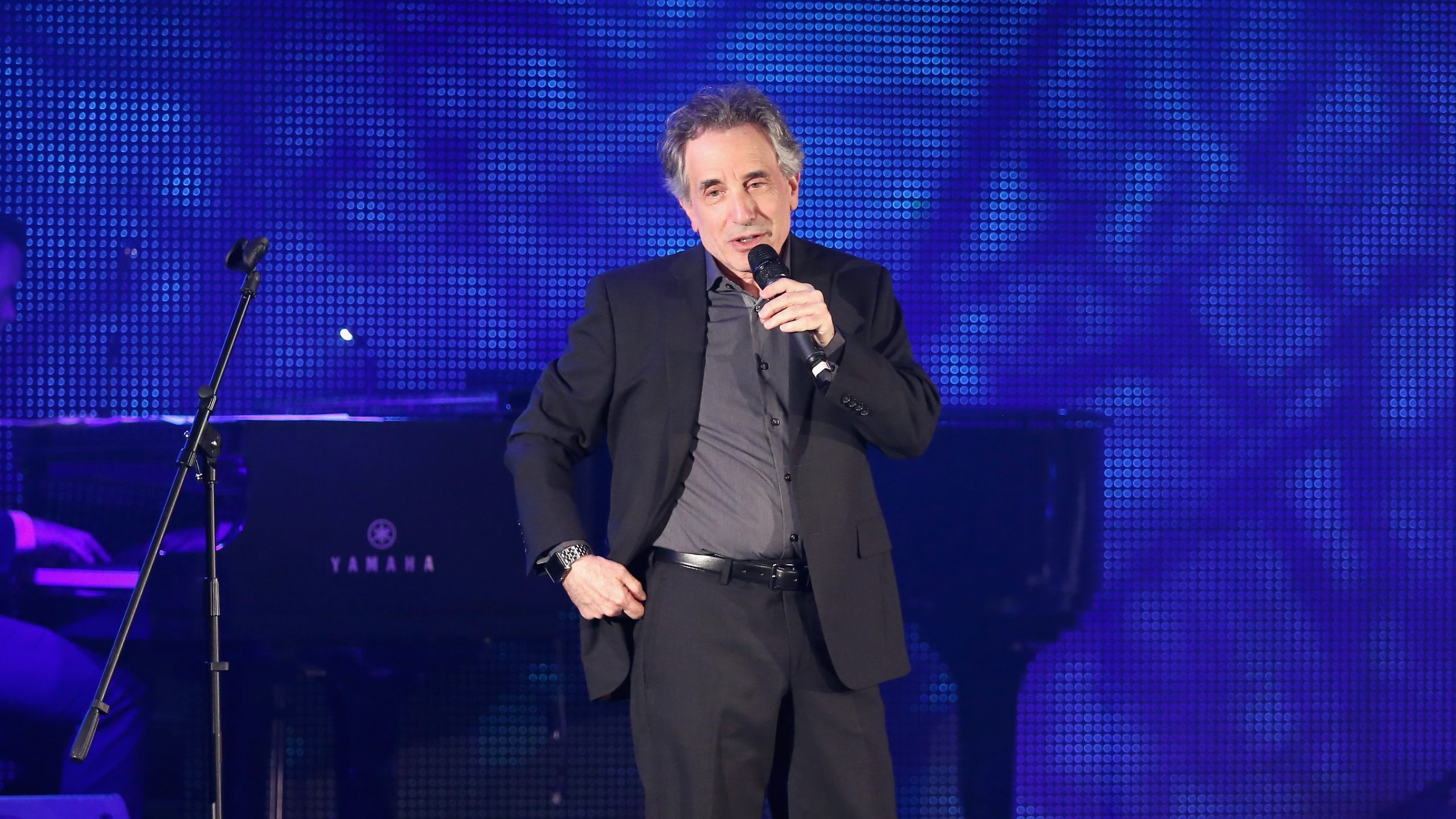
After Robin Williams walked out of the job, producers hunted for another actor to voice Howard. Chip Zien was eventually offered the role, but only after filming had been completed. During production, puppeteer Tim Rose delivered Howard’s lines using a microphone so that the other actors had something to work with.
The humor was toned down for the film
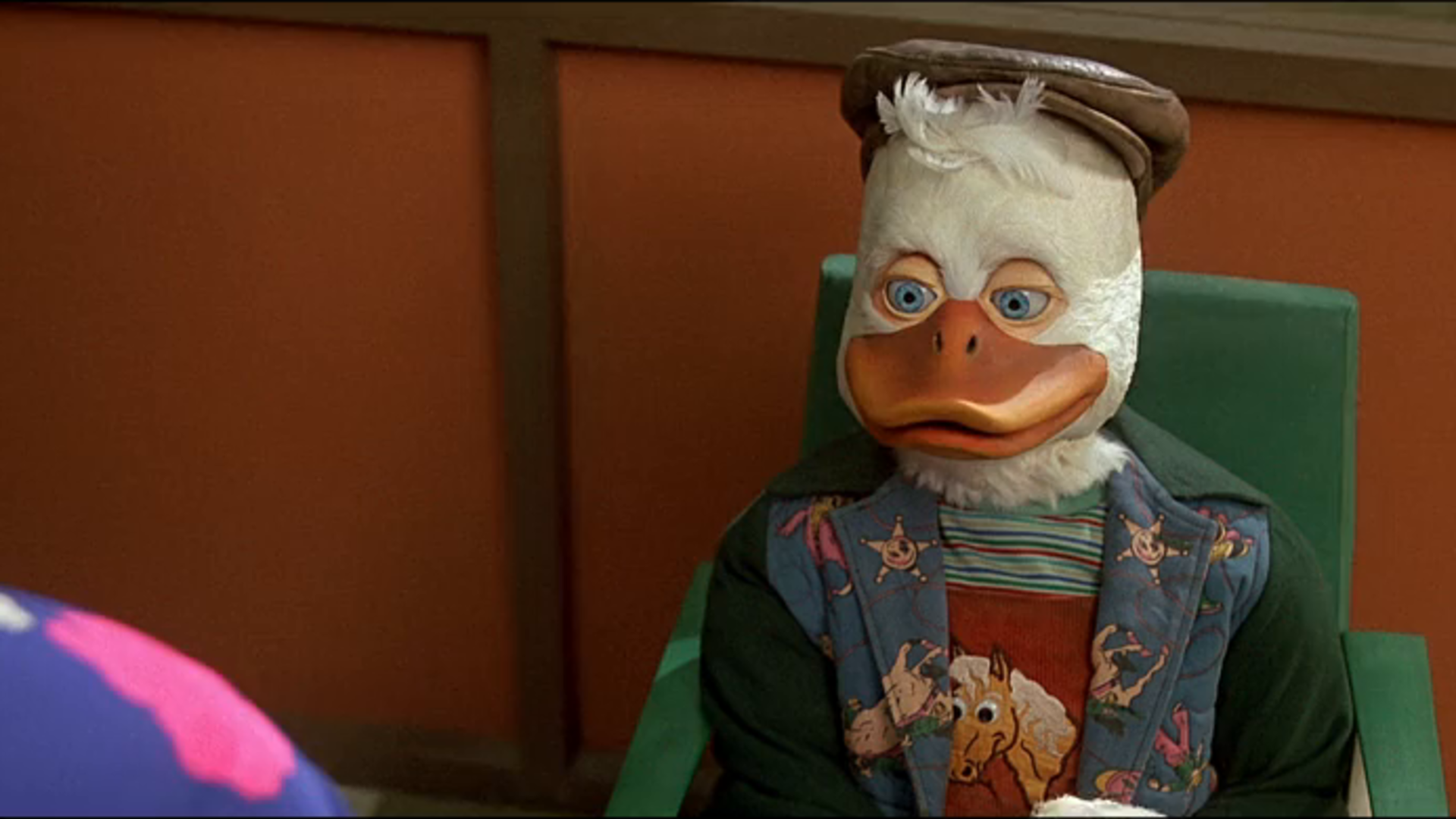
The Howard the Duck comics – which have been running since 1973 – are tonally similar to comics like Deadpool, containing humor and themes deliberately aimed at adults. This was completely toned down for the film, which, unsurprisingly, didn’t go down well with fans of the comics.
Linnea Quigley auditioned
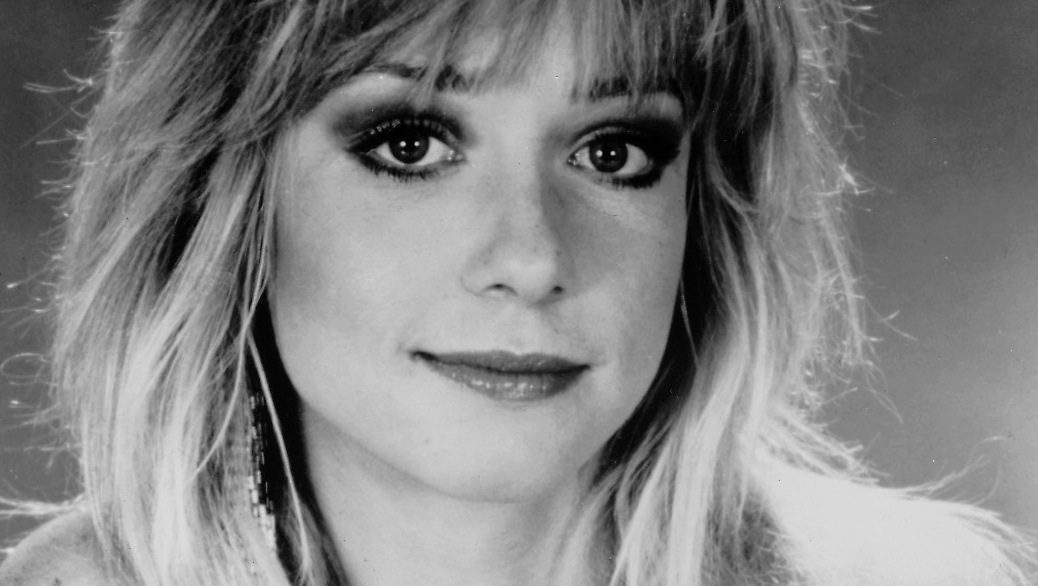
Linnea Quigley – a popular scream queen who primarily appeared in low-budget horror flicks throughout the 80s and 90s – unsuccessfully auditioned for the role of Beverly. Quigley later admitted that, while she was initially upset when she failed to land the role, her disappointment turned to relief when she saw the movie.
Lea Thompson still has the guitar she plays in the film
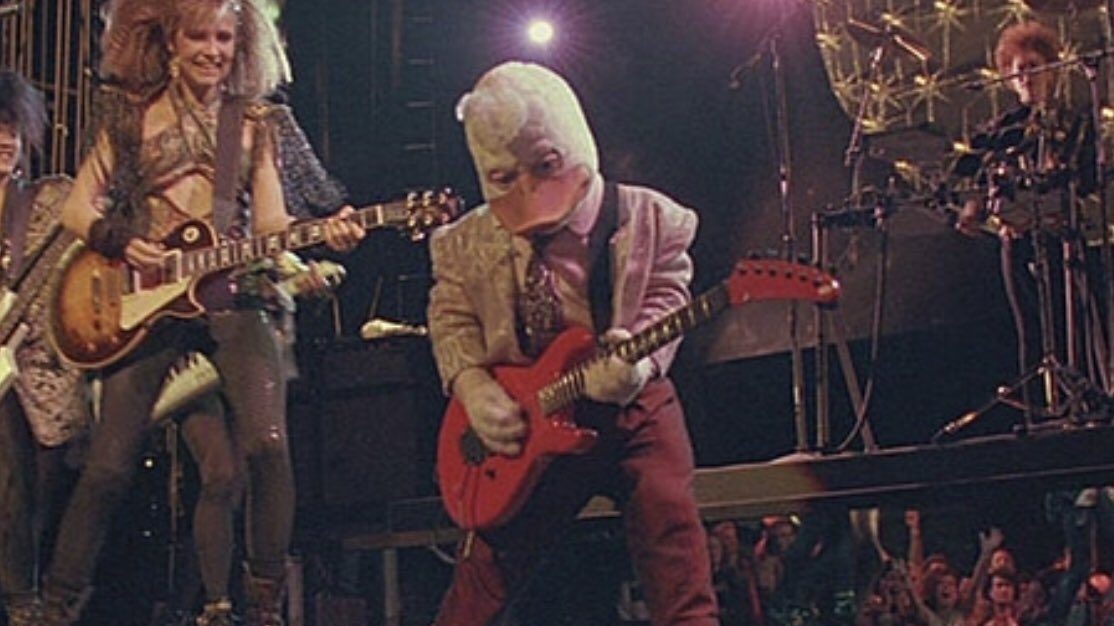
In 2013, a fan of Howard the Duck took to Twitter to ask Lea Thompson whether she still owns the iconic Gibson Les Paul guitar she plays in the film. Thompson replied to the tweet, confirming that she does own the guitar, and adding that she still sometimes plays it.
There are references to other Lucasfilm movies
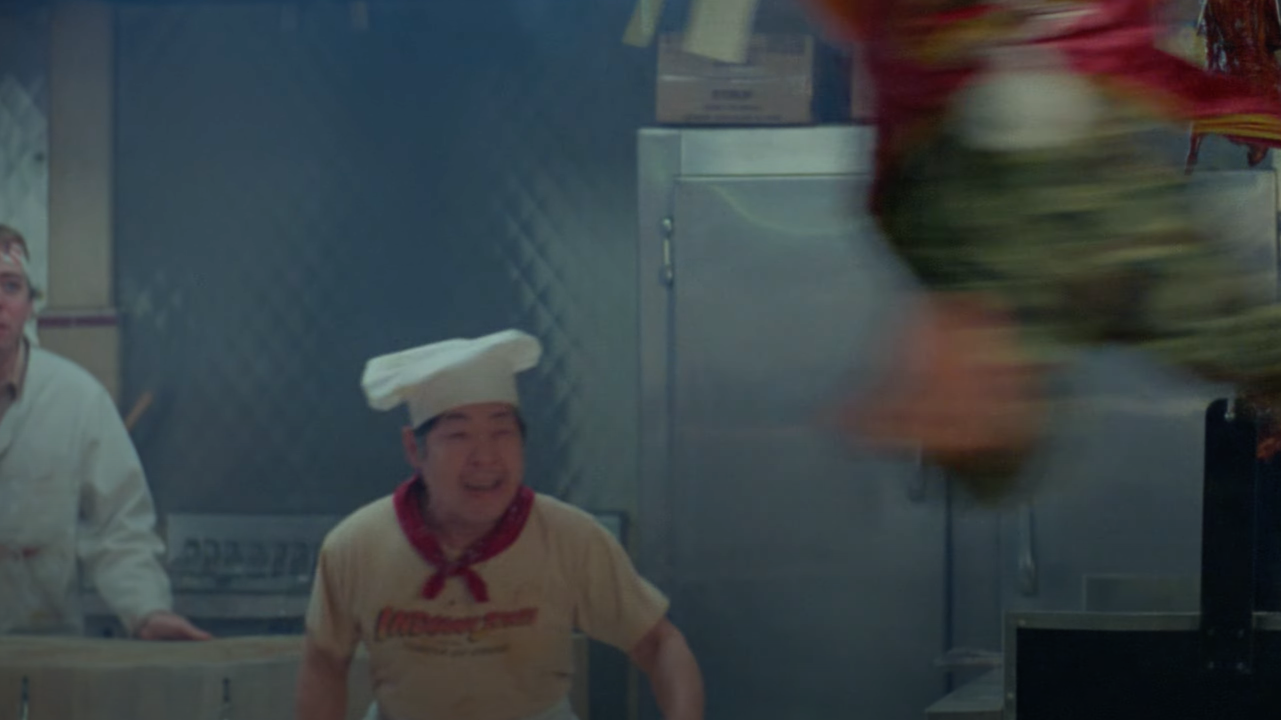
In the diner scene, a couple of characters can be seen wearing t-shirts of other movies made by Lucasfilm. The chef is wearing an Indiana Jones and the Temple of Doom t-shirt (which was also written by Willard Huyck and Gloria Katz), and a kid in the background is wearing a Star Wars Episode V: The Empire Strikes Back t-shirt.
There’s a Wilhelm scream
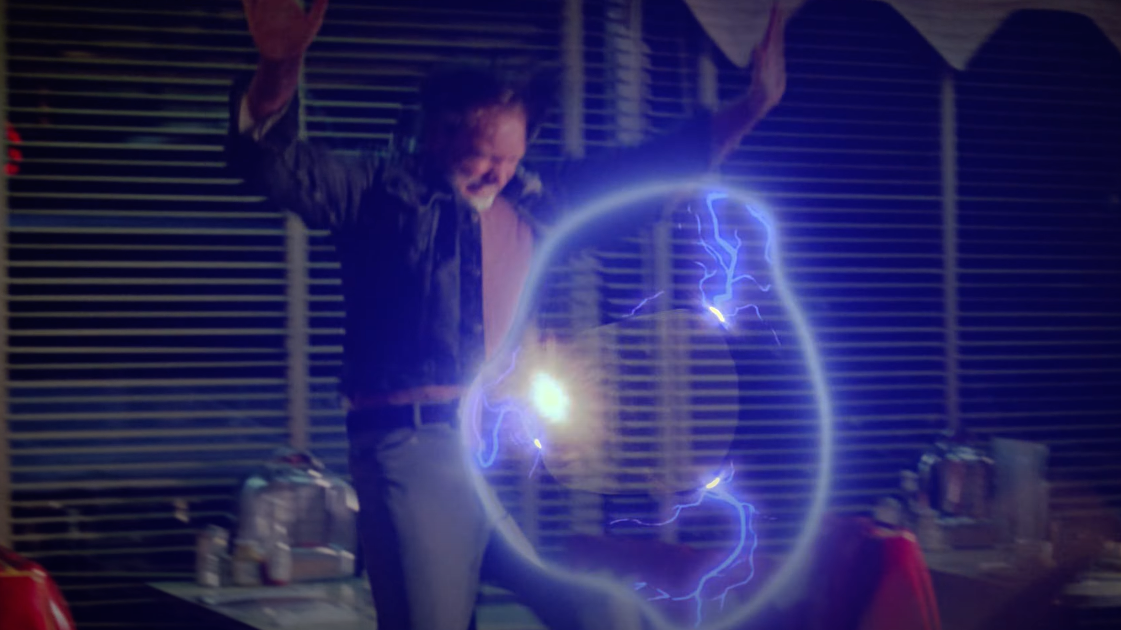
The Wilhelm scream is a stock sound effect that has become something of an inside joke amongst filmmakers. The scream is used in almost all the Star Wars movies (Rise of Skywalker finally broke the tradition), as well as several Indiana Jones films. It also can be heard in Howard the Duck, when Dr. Jennings telekinetically launches a man through a window.
The music tech is wrong
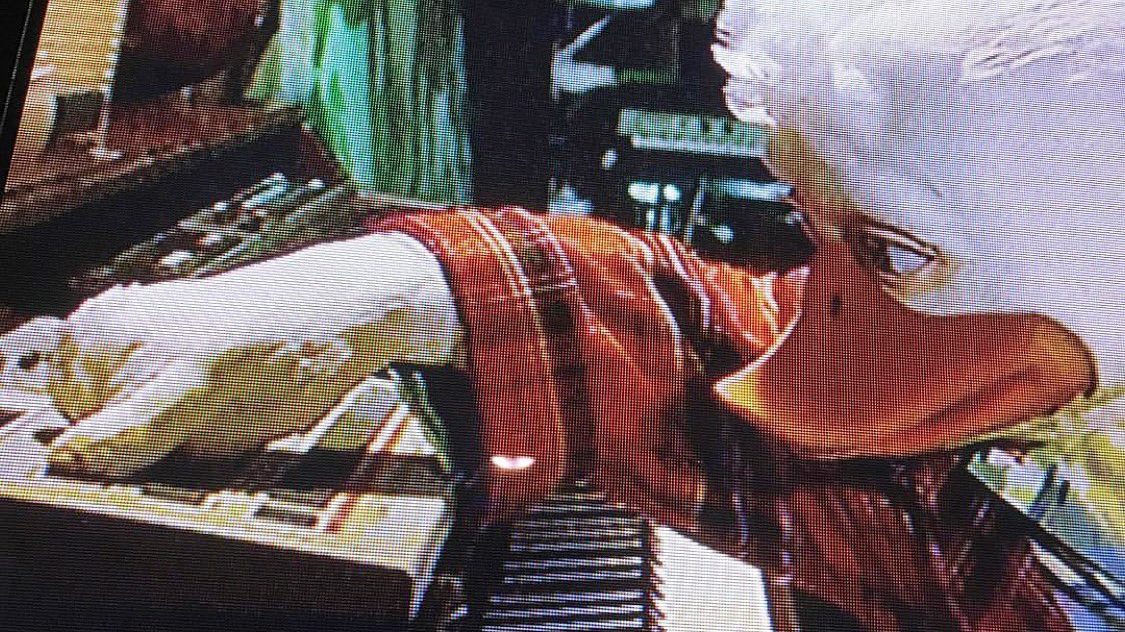
In one scene, while Howard is in Beverley’s apartment he starts jamming along to a bass rhythm that he’s created on a Roland TR-707 Rhythm Composer. While the 707 is a real instrument that is still frequently found in music studios, it is only capable of producing electronic drums sounds.
The film ‘won’ four Razzies
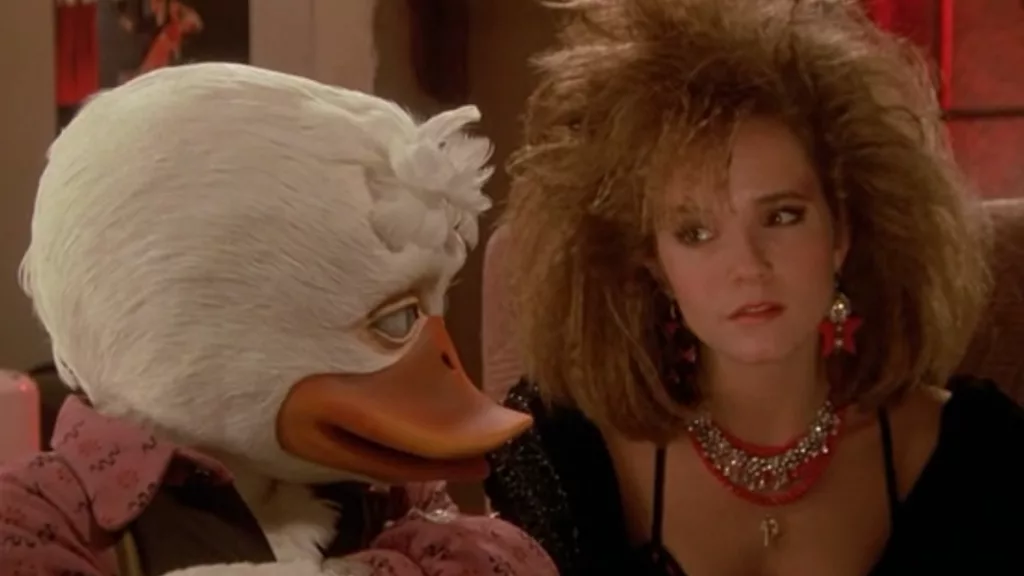
The Golden Raspberry Awards – commonly referred to the “Razzies” – is an annual award show devoted to mocking the worst films of the year. Howard the Duck is one of two Marvel films to win the Razzie for Worst Picture, the other being 2015’s Fantastic Four reboot. Howard also picked up three other Razzies, including Worst New Actor, which went to “The six guys and gals in the duck suit.”
Not all critics hated it
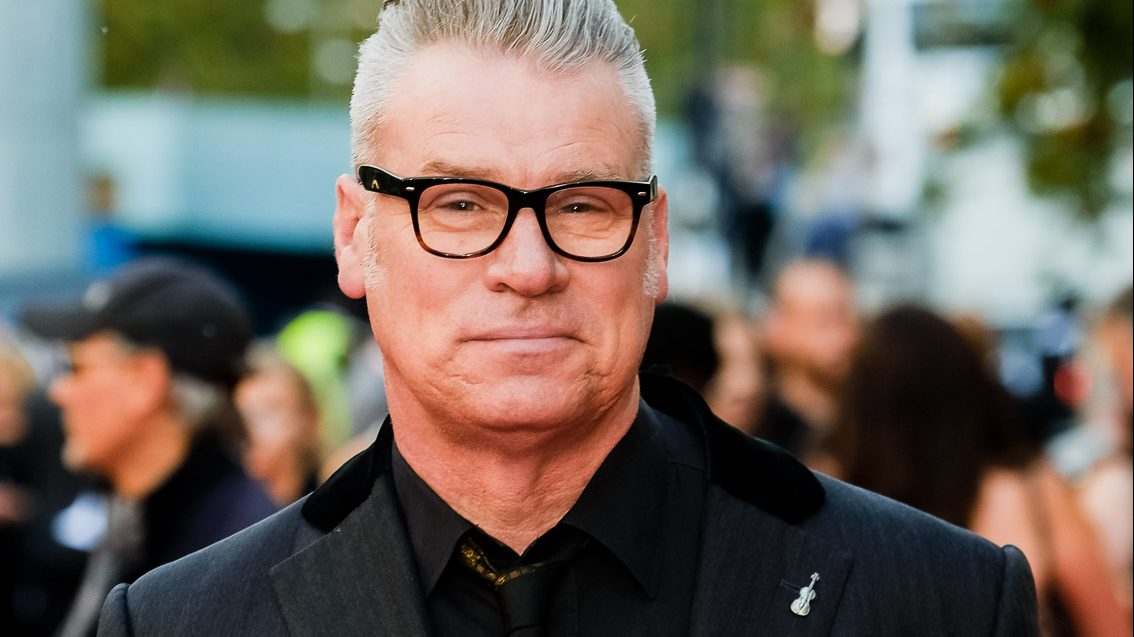
While the vast majority of critics were mercilessly scathing in their reviews of Howard the Duck, the film did have a few defenders. Notably, Mark Kermode – one of Britain’s most respected film critics – gave the film high marks, and he has consistently taken the position that other critics missed the point of the film.
Lea Thompson learned the guitar for the film
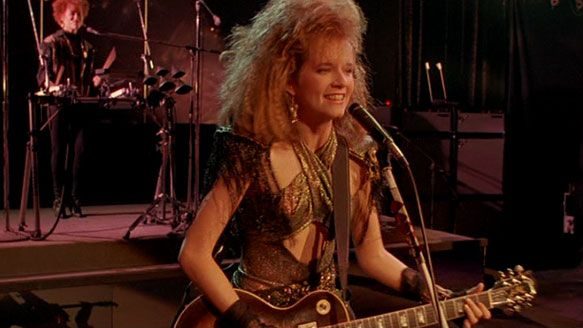
As well as performing all her own singing in the film, Lea Thompson also had to learn the guitar for her role. Since Thompson had precisely zero musical experience going into the film, the actress had to commit to a grueling routine, later stating that she didn’t have a single day off throughout the six month production.
Tim Robbins thought the duck was wrong
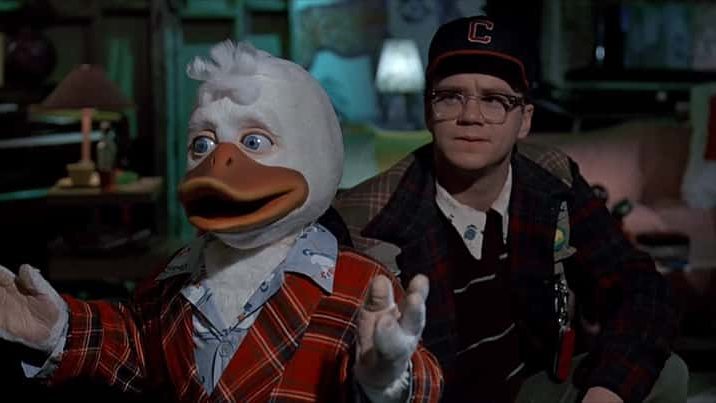
When asked about Howard the Duck in a 2016 interview, Tim Robbins admitted that he was paid so much for appearing in the movie that he didn’t really care how bad it was. He did, however, mention that he thought the film would have done better if it had stuck to the way Howard is portrayed in the comics, rather than making him cuter and more child-friendly.
It took four puppeteers to control Howard’s face
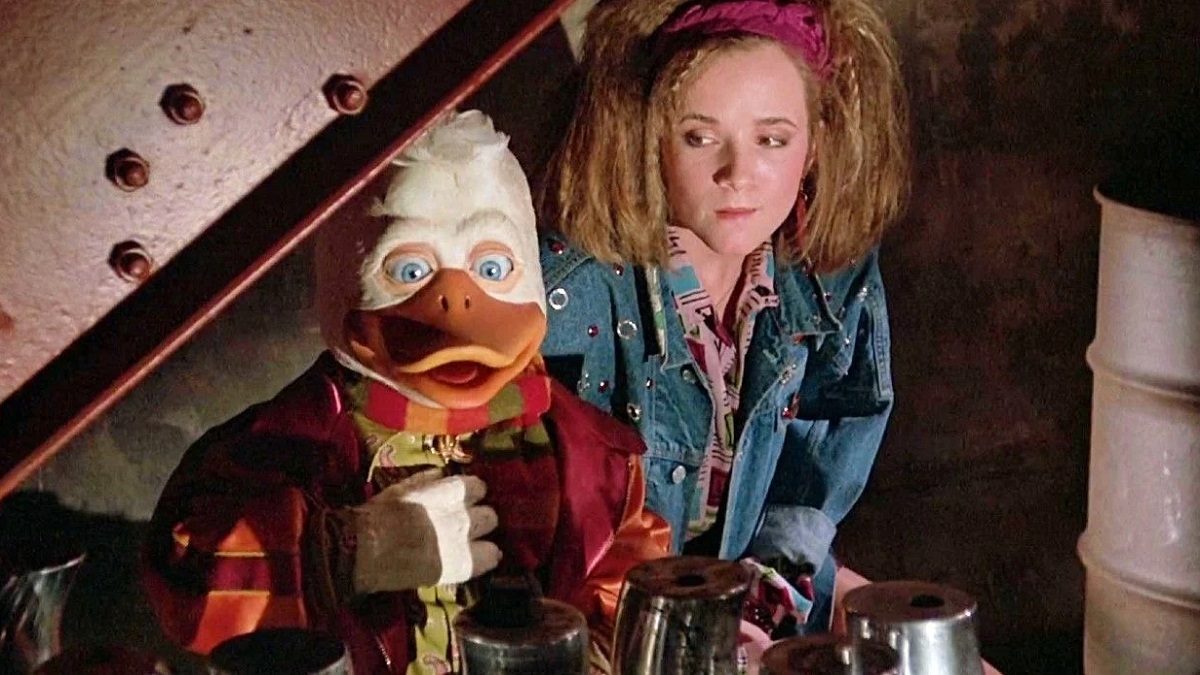
For all its flaws, Howard the Duck was a technologically advanced film. The suit, in particular, was an incredible piece of design, with all of its mechanical components contained within the body. It took a team of four puppeteers to control Howard’s facial expressions via remote control, with each puppeteer responsible for a different part of the face.
Jurassic Park’s ‘Dinosaur Supervisor’ created the Dark Lord monster
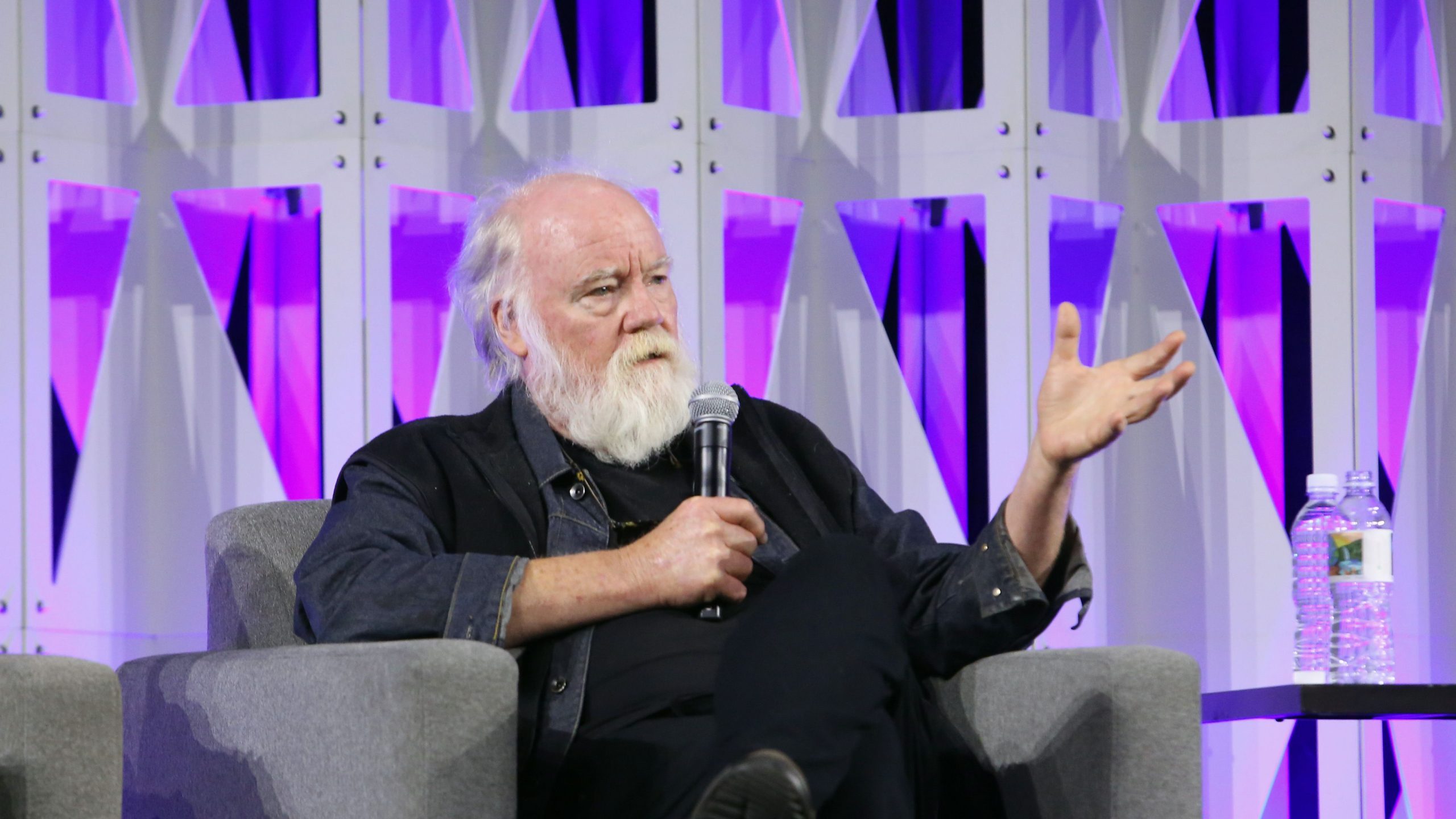
Phil Tippett is one of the most respected stop-motion artists working in Hollywood, with his creations appearing in movies including RoboCop and Return of the Jedi. Tippett is best known for his work on Jurassic Park, in which he is listed in the credits as ‘Dinosaur Supervisor.’ Six years before bringing dinosaurs to life, Tippett worked on Howard the Duck, creating the Dark Lord’s monstrous form.
There was a Howard the Duck hotline
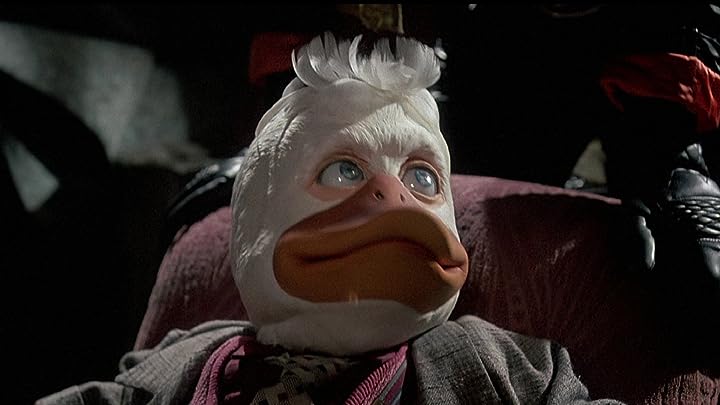
As part of the movie’s marketing campaign, Universal set up a Howard the Duck hotline; by dialing 1-900-410-DUCK, callers could hear one of several messages prerecorded by Chip Zien. Unfortunately, the hotline was shut down long ago, but the recordings can still be found online.
Lea Thompson based her character on Cyndi Lauper and Madonna
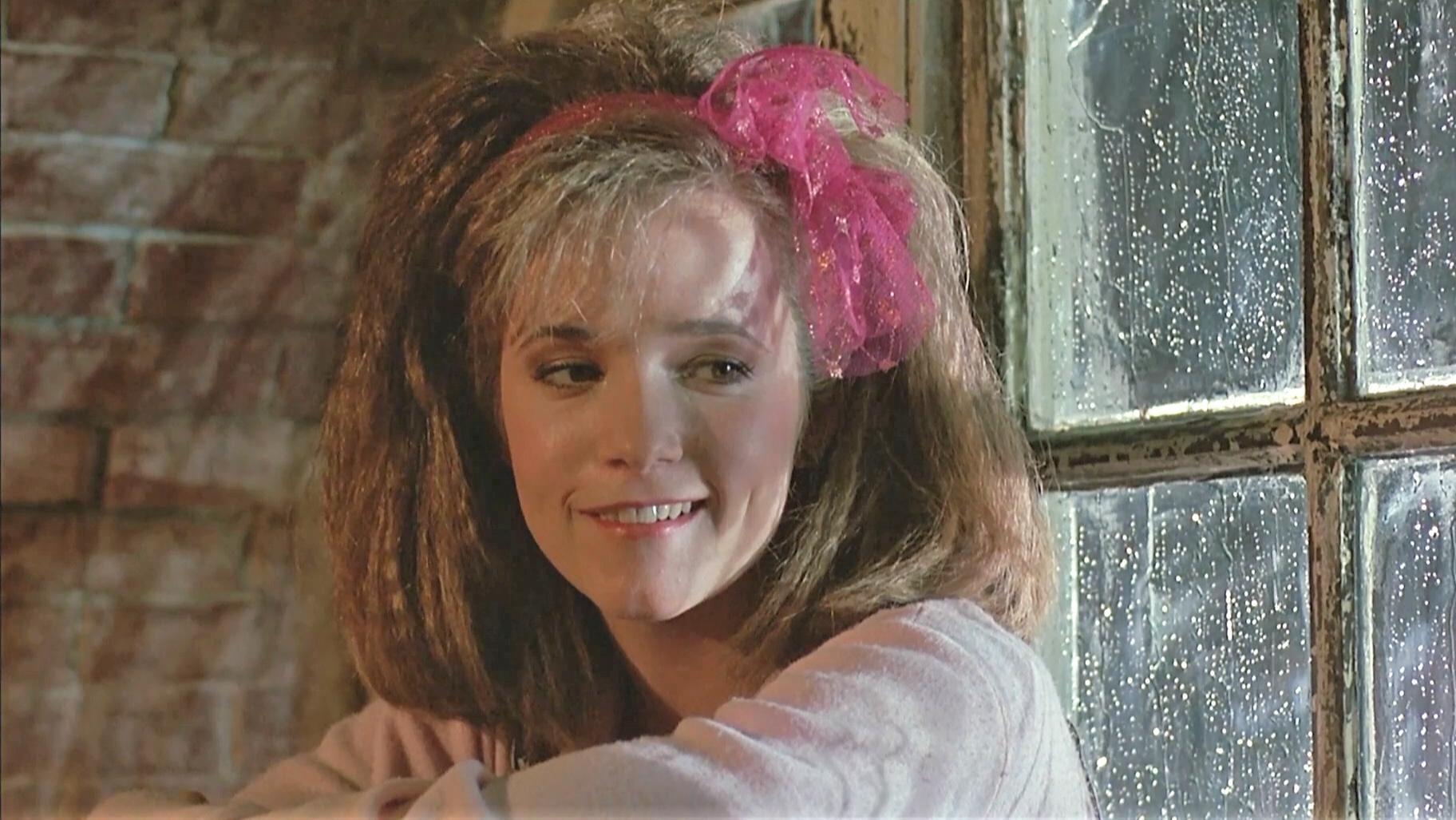
When Lea Thompson was preparing for her role as brash rocker Beverly Switzler, the actress decided to base her performance on “a cross between Cyndi Lauper and Madonna.” Unbeknownst to Thompson, Lauper had actually been one of the many musicians and actresses that the studio had considered for the role.
Jeffrey Jones bought loads of Howard the Duck comics
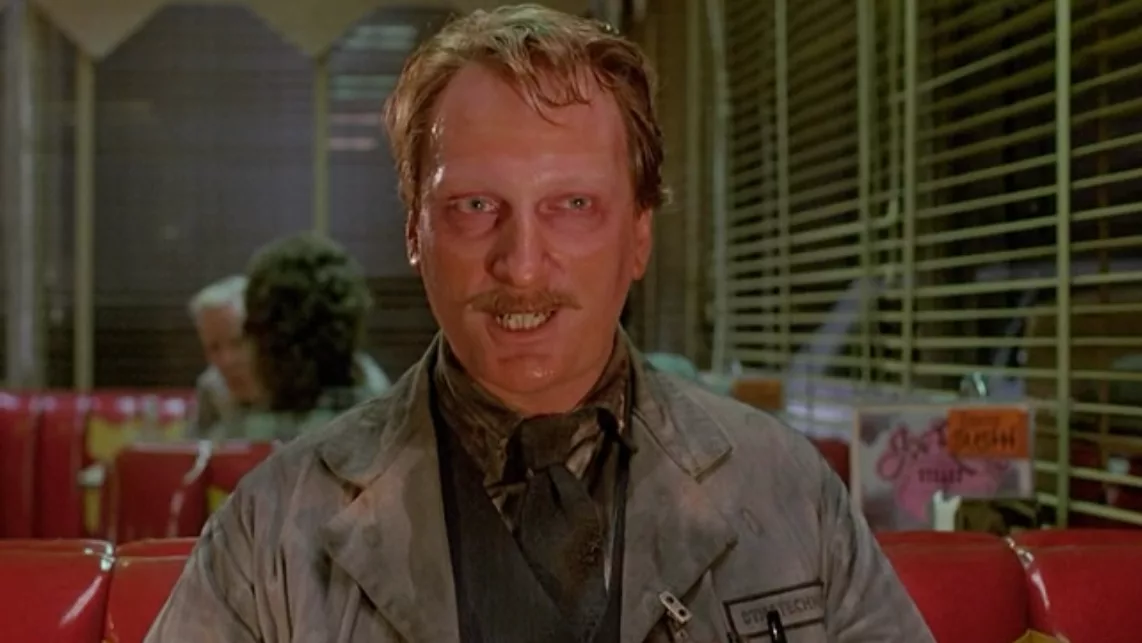
It wasn’t just George Lucas who was hoping Howard the Duck would transform his financial prospects; Jeffrey Jones – who played the movie’s villain – started buying up Howard the Duck comics during production in the hope that the film’s success would send their value skyrocketing. Alas, Jones’ scheme didn’t pay off, leaving the actor with a stockpile of almost worthless comics.
